Tanah Beru & Bira
On your way to Bira, you can stop at the shipyard of Tanah Beru which is one of the last place in Indonesia where traditional wooden masted sailing ships are built.
The myth around Bugi sailors owes much to the journey of Alfred Wallace from Makassar to Aru islands on a pinisi ship in the 19th century. Bugi sea traders have sailed through the archipelago since a long time but they rised as a true maritime power in the 17th century with the kingdom of Goa. They were importing Indian clothes, firearms and precious metals while exporting spices (before the Dutch submitted them), peppers, sappan and santan wood, tortoise shells, rattan, wax and sea cucumber.
Nowadays most ship buyers are tourism operators who use those boats to bring guests on diving cruises. For a big liveboard expect to pay 3-4 billion IDR (200-270’000 USD), for a smaller boat like the ones you can see in the bay of Labuan Bajo, prices start at 200 million IDR (13’500 USD).
Bira is a popular beach destination located on the South-East tip of the same Sulawesi’s peninsula as Makassar. To access the area, you have to buy a ticket in a booth (15’000Rp locals / 40’000Rp foreigners).
The main draw of Bira is the long (a few kilometers) white sand beach. Besides that there is not much to do.
Bira is also a fair dive destination. The concentration of reef sharks is very high. I dived 2 times with Bira Dive Camp for 900’000Rp. It’s a bit far from the main village so you better stay there if you plan on staying a few days.
Snorkeling trips can also be arranged. It gets quite crowded in the weekend with visitors from Makassar. Otherwise it’s very calm during the week.
The Kajang
Kajangs form another ethnical group of South Sulawesi with its own language (related to the Bugi language, it uses the same script in its ancient form). A community in Amatoa village is special because they refuses modernity. They’re wearing black clothes and don’t use modern devices in the premises of their village. It’s a similar philosophy that the one of the Baduy in Banten province in Java.
In Bira I met Naim who is running a complementary school in Bulukumba. Elementary school students only have classes in the morning in Indonesia, so he offers additional lessons in mathematics, English and Arabic (for Quran reading). Price is very reasonable (less than 20$ per month and he takes some of them for free).
I told me I knew some people in the Kajang tribe and he could give me a ride. In exchange I would spend an afternoon in his school speaking English with different groups of students.
So I went back to Bulukumba first (20’000Rp by pete-pete from Bira).
There is no public transport going to Amatoa, one village of the Kajang. You could try to get an ojek from Tanah Beru (it’s a 2 hours ride). The nearest town with public transports is Tanete (30 min).
The house of Pak Kahar, a respected local leader, was our first stop. His living room is constantly filled with guests that invariably stay for lunch or dinner. His wife has a lots of work in the kitchen even with a couple of young girls from the village to help her. I would sleep one night in his children-now-student-in-Makassar’s room.

The living room of Pak Kahar 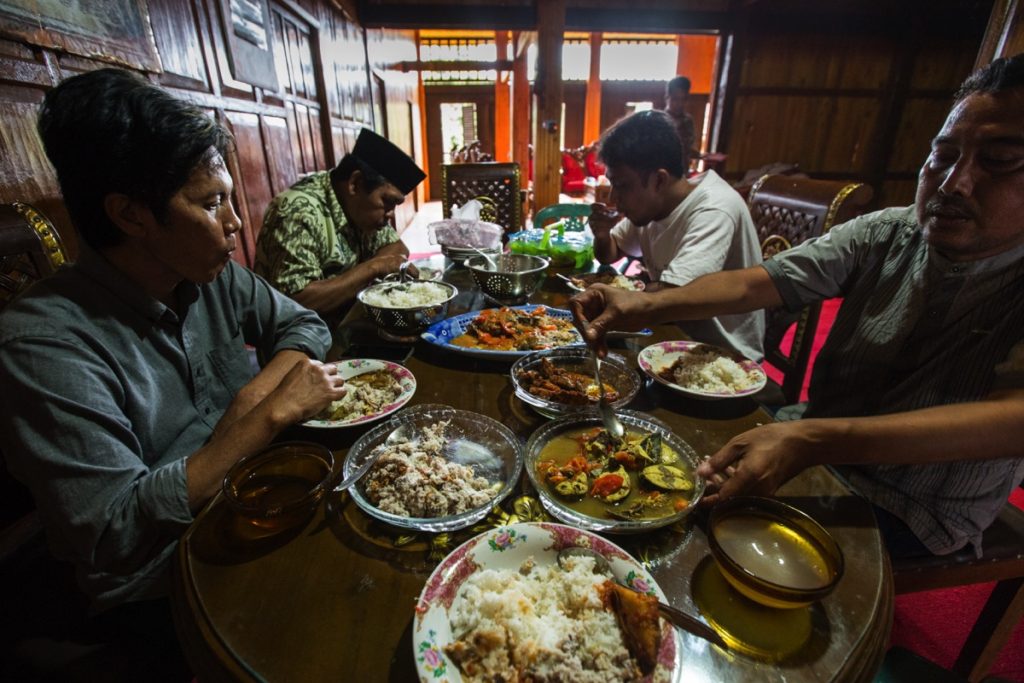
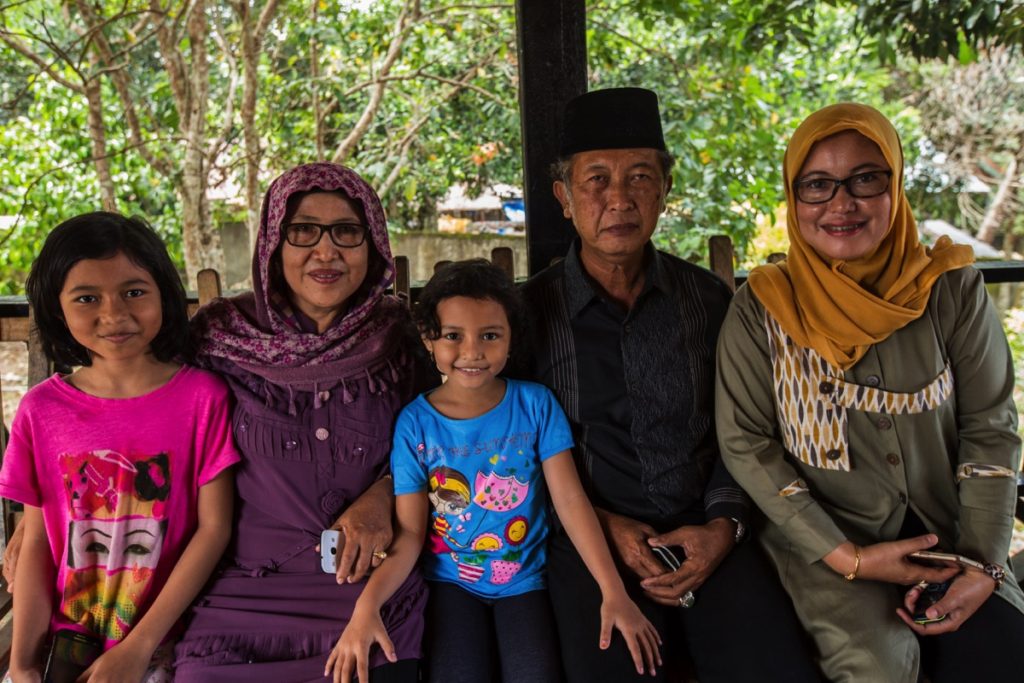
Some relatives visiting
Even though only a small community (called Kajang Dalam) maintains the old way of life, the surrounding villages share a common cultural heritage. As would Pak Kahar, a respected local leader, explain to me, the Kajang are proud Muslims living a simple life. They have what we may call a strong ecological consciousness. Their customary forest (hutan adat) is protected and shall not be exploited.
After 2 days spent at Pak Kahar’s place, I was introduced to Deng Oleng, a forest ranger and Pak Kahar’s living in Amatoa. He used to host a American anthropologist for a year. So I naturally took his room.
Inside, no shoes allowed, no camera, no cellphone and no vehicle. This is a still very traditional community, kids went to school for the first time in the 1990s. They are about 4’000 people living there, and it’s growing due to the natality.
I got told that many of them had a cellphone and some would even dare to use it in secret within the village. Motorbikes are parked in front of the gates. They do go regularly outside to school or the mosque for instance.
At night, a customary ceremony was held following the death of a community member 20 days before. Offerings were prepared by the women and then men would execute 2 short rituals. This is not very sacralized, kids were making noise while playing in the meantimes or the TV was on in the other room for instance.
On another day I would go with Deng Oleng who joined other forest rangers (polisi hutan or polhut) on a patrol (they mostly look for illegal logging). First we eat, then we work.
From this short stay with the Kajang I remember an incredible hospitality. Everywhere I was invited to have a coffee or lunch. I don’t recommend for non-Indonesian speakers to go though.
Lake Tempe
Lake Tempe is a large fresh water lake located next to the town of Singkang. The lake makes a nice stop on your way to the North from Makassar. If you have the time, it is worth stopping for 2 nights to take a boat trip to the lake, seeing the fishermen living on it.
Get in the morning to the river and ask around. I paid 100’000Rp for the full boat, we spend a bit less than 3 hours on the lake and stopped at some of the fishermen house (an overnight stay can be arranged).
The life on the river banks is also quite interesting.
Some background about the area : the land of the Bugis
History of South Sulawesi is not well known prior the the 15th century. Traditionaly this land was divided among small kingdoms led by datu, the most ancient of them being Luwu.
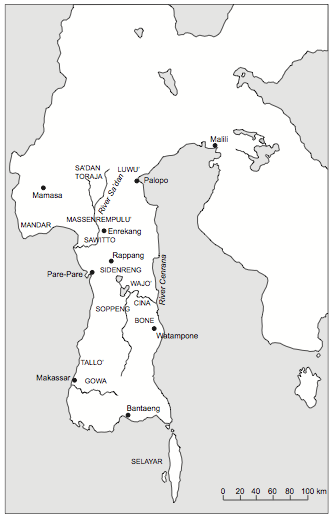
Back then, the Bugis (which are the main ethnical group of the region) were following an indigeneous religion. Western sailors’ testimonies account for instance for funerary rituals very reminescent of today Toraja funeral feasts.
From the 16th century, the political and military power shifted towards the twin kingdoms of Gowa and Tallo’, who are the core of the Makassar people (a different ethnical group than the Bugis).
Today, there is often a confusion between Makassar and Bugi people, but they were distinct entities in the history. Actually Bugi language is closer to the Toraja language than the Makassar (45% of similar words or cognates shared with Toraja and 40% with Makassar). Bugi-Makassar association “reflects the present feeling amon South Sulawesi Muslims of a common identity which supersedes ethnic and linguistic differences” (C.Pelras – The Bugis, 1996). The traditional house and outfit of Bugi, Makassar and Mandar are nowadays very similar.
Below is a pre-wedding picture of a Makassarese couple (you can also check the Indonesian traditional costumes article).
In 1667 Makassar kingdom led by Sultan Hasanudin was defeated by the Dutch who tied an alliance with the Bugi kingdom of Bone. Still today, Makassar airport is called after the defeated sultan while there is a large statue of Arung Palaka (its archrival in Bone) in the middle of the town of Watampone.
The main legacy of the Bugi culture is the gigantic epic of La Galigo, more than 30’000 pages written in old Bugi script probably in the 14th century. It tells the story of Sawérigading, the grandson of Batara Guru, the first God to set foot on Earth and the founder of the first human dynasty in Luwu.
A very singular feature of the Bugi culture was the existence of the bissu, a transvetite pre-Islamic clergy, expert in trance and rituals who mediated between humankind and the worlds of gods. Bissu would get a call from a supernatural being who would become his mystic spouses. Bissu had to undertake different rituals surrounding birth, weddings and funerals.
The bissu survived the conversion of the region to Islam from 1605 to 1611 (only 6 years !) until the 20th century. The letal blow came from the Islamic rebellion who lasted from 1950 to 1965 after the Independance and the latter dissolution of the State of East Indonesia. “The political power wielded by the nobility had by this time been reduced almost to nil by the rebellion, which had everywhere challenged their authority as ‘feudalistic’ and based on pagan beliefs; many of the collections of regalia an aristocratic mansions had been destroyed and many of their bissu stewards killed, while aristocratic families themselves abandoned by many of their followers and deprived of their traditional sources of income, had taken refuge in the cities” (C.Pelras – The Bugis, 1996). By 1996, Pelras estimated that “genuine bissu have nearly disappeared”.
The guardian of Bone museum, who is actually the descendant of the royal lineage of Bone, assured me that bissu still existed nowadays and that they were called upon to lead customary ceremonies.
If the bissu don’t hold the same role in society as they used to, many old traditions are still strong in South Sulawesi. For instance the myth of the crocodile twin, stating that some women give birth to a crocodile alongside their child. This crocodile has deep bound with the family and sometimes returns to the house and lives inside ! Check out for instance this video shot by the television in Pare-Pare a few years ago (in Indonesian) or this article (in Indonesian) :
Practical tips
Map
Transport to/from Makassar airport
Makassar used to be called Ujung Pandang from 1971 to 1999 and Makassar’s Sultan Hasanudin Airport is still called Ujung Padang airport and not Makassar airport (IATA: UPG).
From the airport you have a DAMRI bus leaving once per hour from 8AM to midnight. It takes about 45 minutes and cost 25’000Rp. From downtown to airport the first bus is at 5AM and the last at 8PM (information in Indonesian here).
Otherwise you can get out of the terminal using the free shuttle bus, get off on the main road and wait for a public minibus (angkot, locally called pete-pete) heading for Daya terminal (4’000). From the terminal you can get a second minibus to your destination (another 4’000Rp). For a description of angkot routes in Makassar, see this (in Indonesian).
Otherwise you can use online taxi/ojek using Grab or Go-Jek (about 50’000Rp for an ojek to South of town).
Transport from Makassar to Tanjung Bira
From Makassar to Tanjung Bira it can be a bit difficult. Direct transport (either minibus/pete-pete or shared taxi/travel) are scarce. Get in terminal Mallengkeri in the morning and hope to leave before 11AM. You will more easily find a transport to Bulukumba (60’000Rp with a travel, 4h30).
Get to Bulukumba before 3PM to get a pete-pete to Tanah Beruh (10’000Rp) and Bira (and additional 10’000Rp). In my case I was too late and had to stay at Bulukumba for one night. The next morning I waited from 8AM to 9AM for a transport.
Another solution I heard about is to take a bus from Mallengkeri to Selayar. The harbor to Selayar is only a few kilometers from Bira and the bus is supposed to leave at a fixed schedule because he must bring passengers on time to the boat. You’ll leave around 7AM and arrive in Bira around 14:30PM. Fare is 70’000Rp.
Transport inland
- From Tanete a pete-pete to Sinjai costs 20’000Rp and takes 1h20
- From Sinjai to Bone, 40’000Rp, 2h
- From Bone to Sengkang 40’000Rp, 2h
From Singkang I went to Mamasa. You have to stop in Polowali (should cost about 50’000Rp, from Singkang to Pinrang and then to Polowali it costed me 70’000Rp) first then take a shared taxi (travel) to Mamasa (100’000Rp but if I remember well the drivers increase a little bit his price because the car was not full, 4h).
Bus Makassar – Toraja should pass by Singkang I think. Otherwise go to Enrekang first and from there take another transport to Rantepao.
Accomodation
- In Makassar : Discovery Homestay (100’000Rp for a simple double room)
- In Bulukumba : Hotal Andira (100’000Rp for a simple double room)
- In Bira : Wisma Sunggu Minhasa (100’000Rp for a simple double room)
- In Singkang : I stayed in Amira Guesthouse which I got for 200’000 a night (double room, AC) by staying 3 nights. The owner is nice and helpful but don’t accept local guests in his hotel. Facing the terminal you have cheaper accomodations (check for wisma or losmen signs) but they were full when I visited.
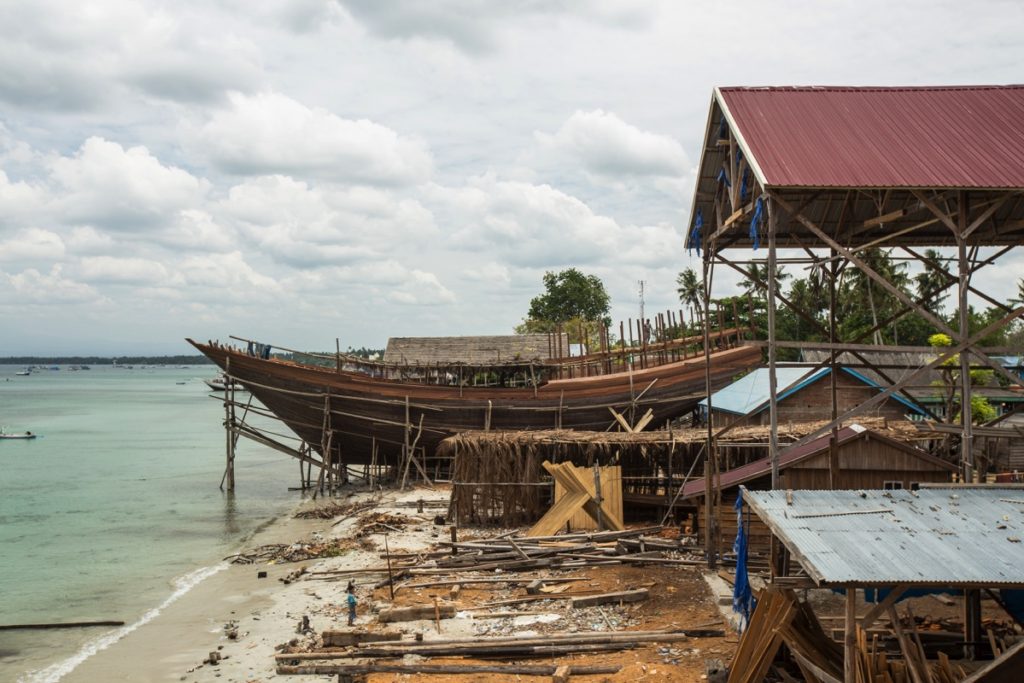
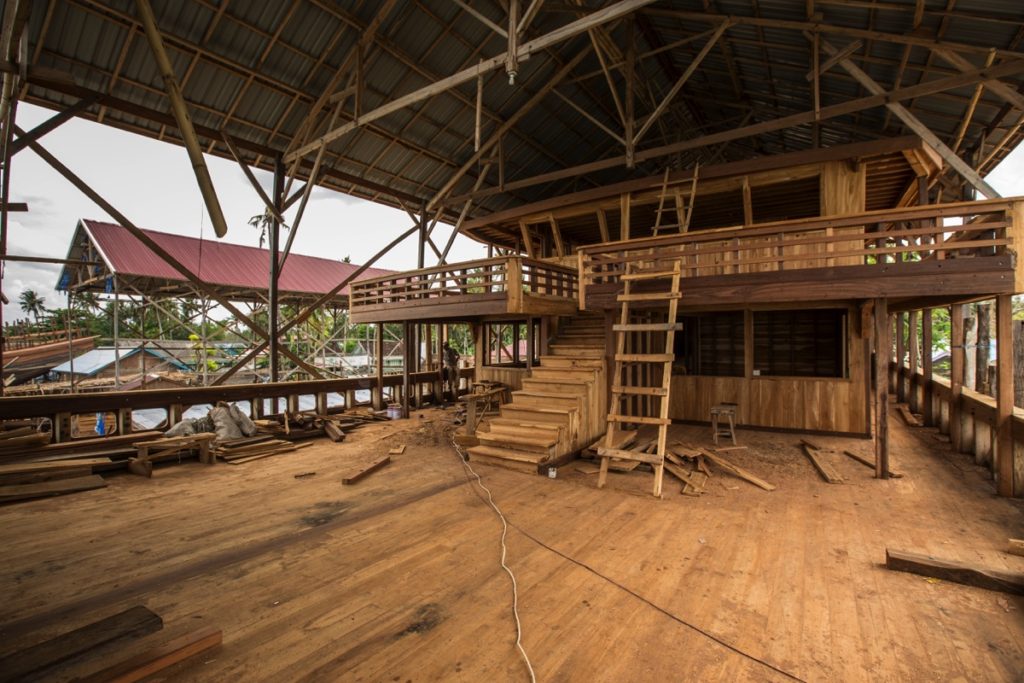
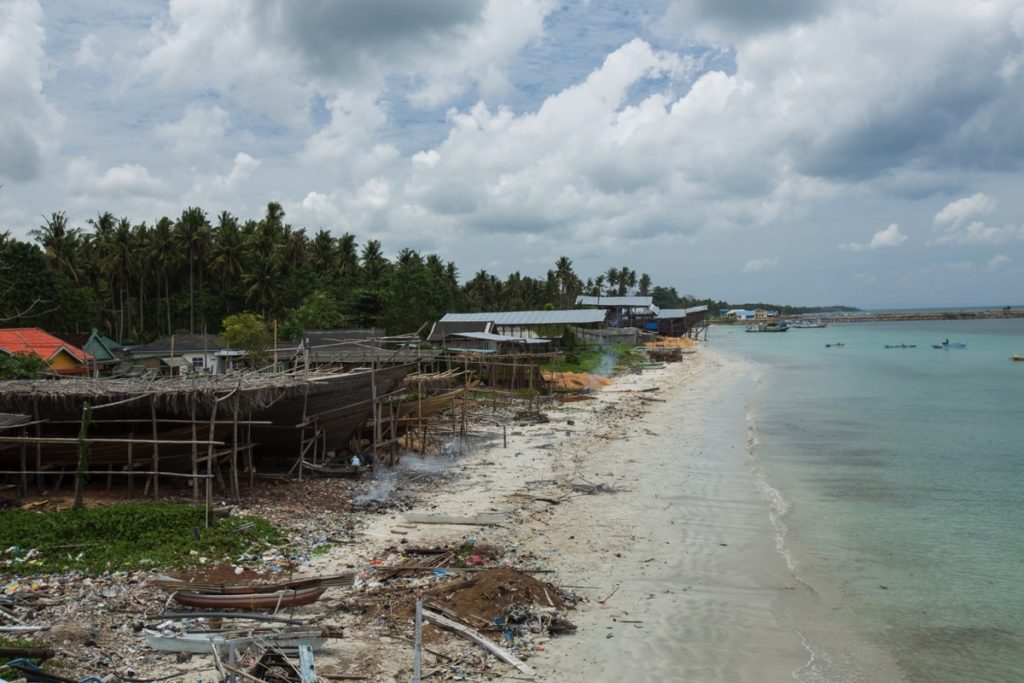
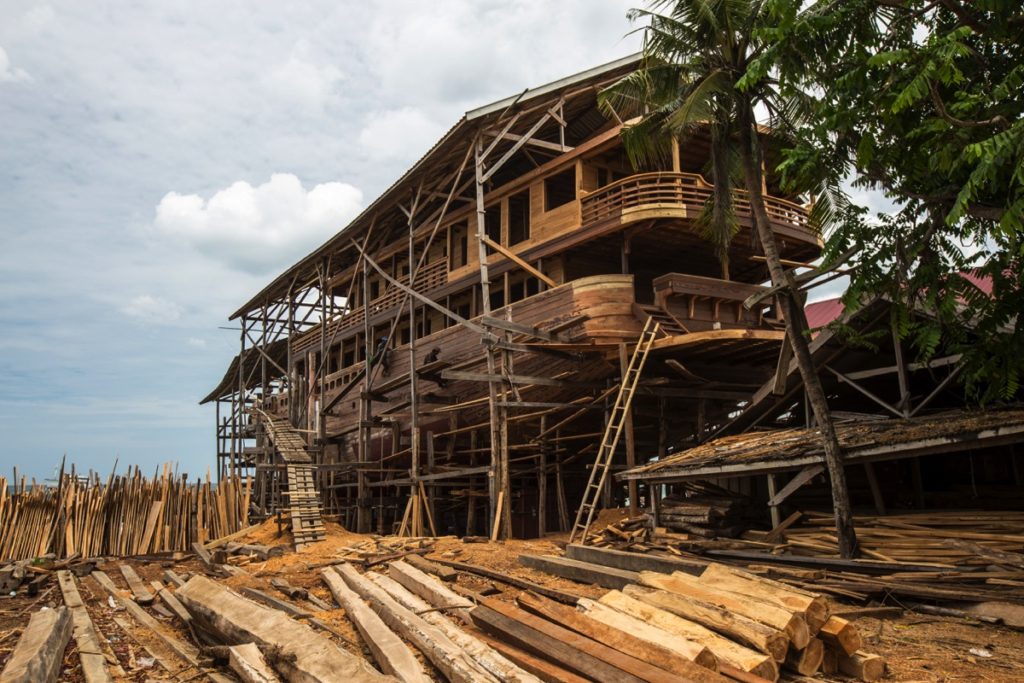

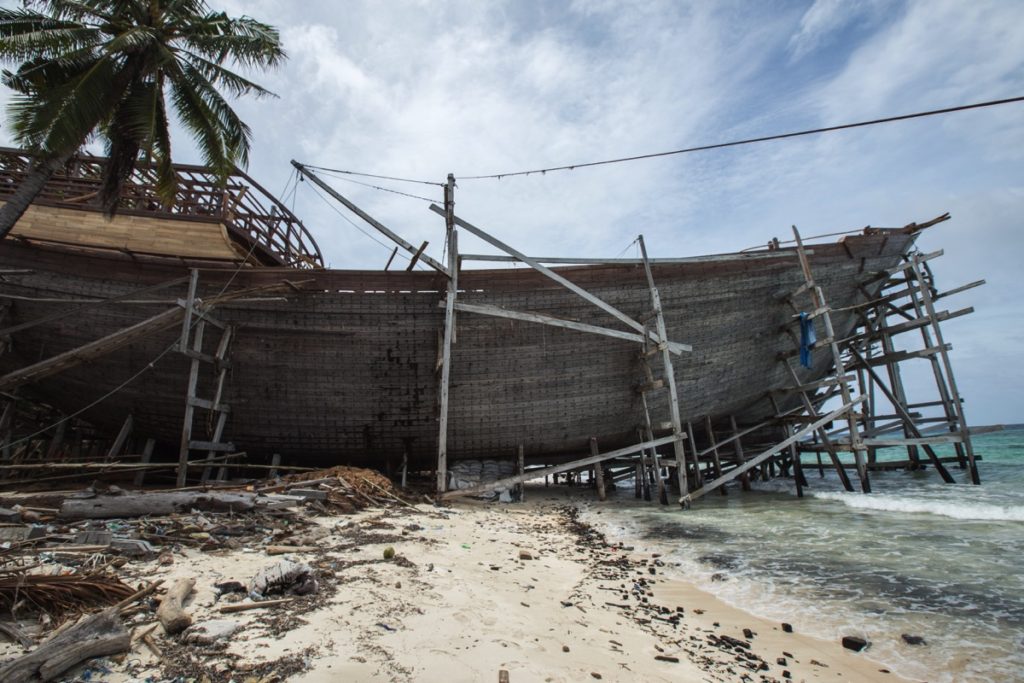
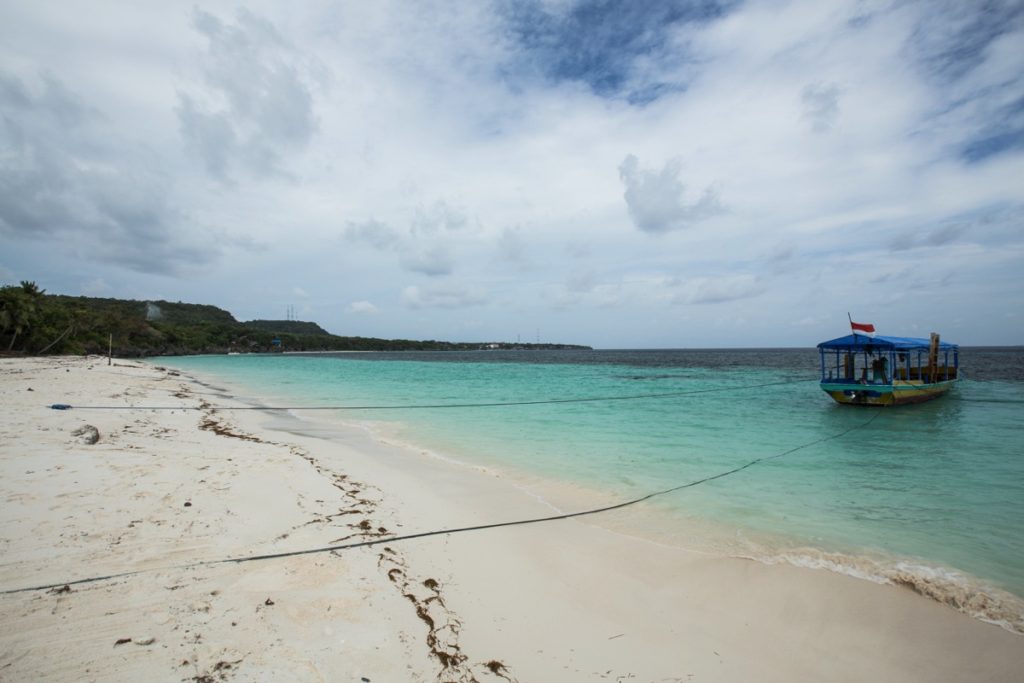
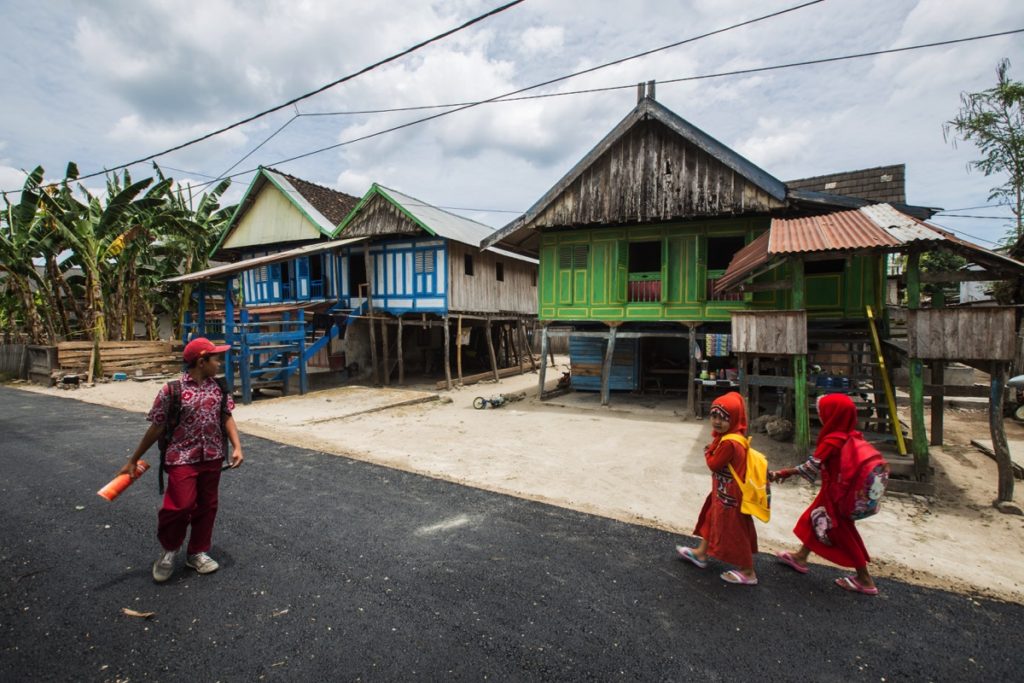
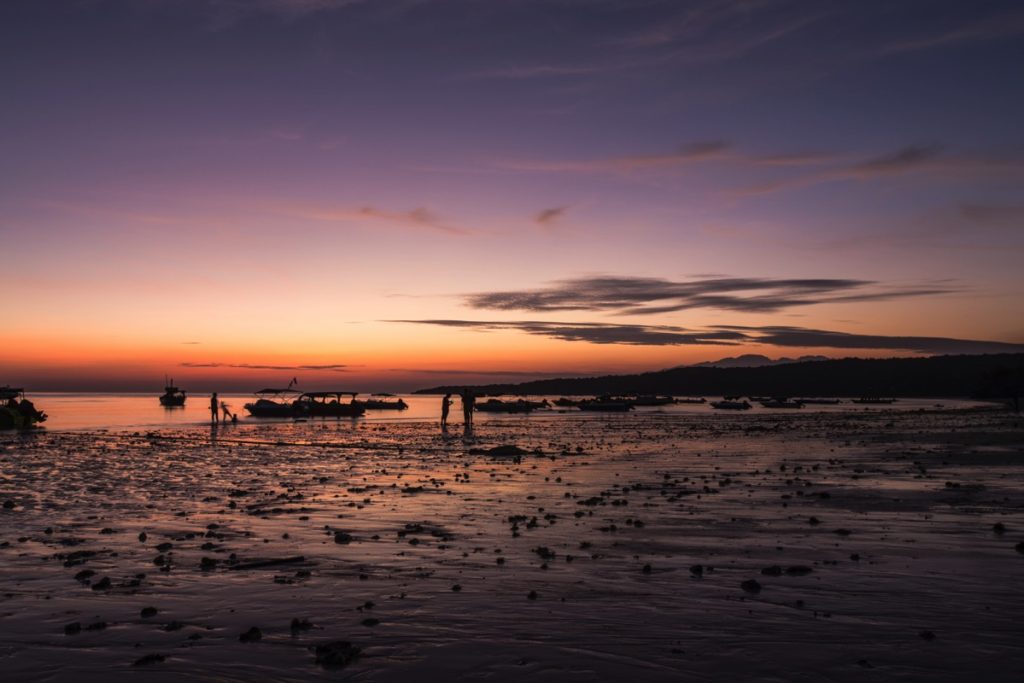
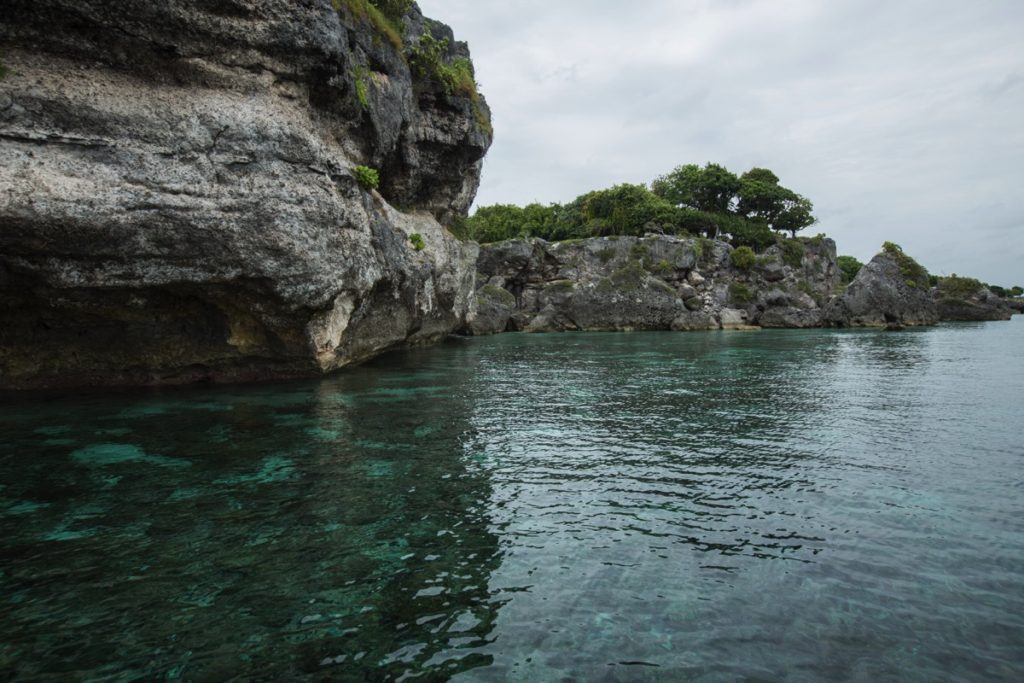
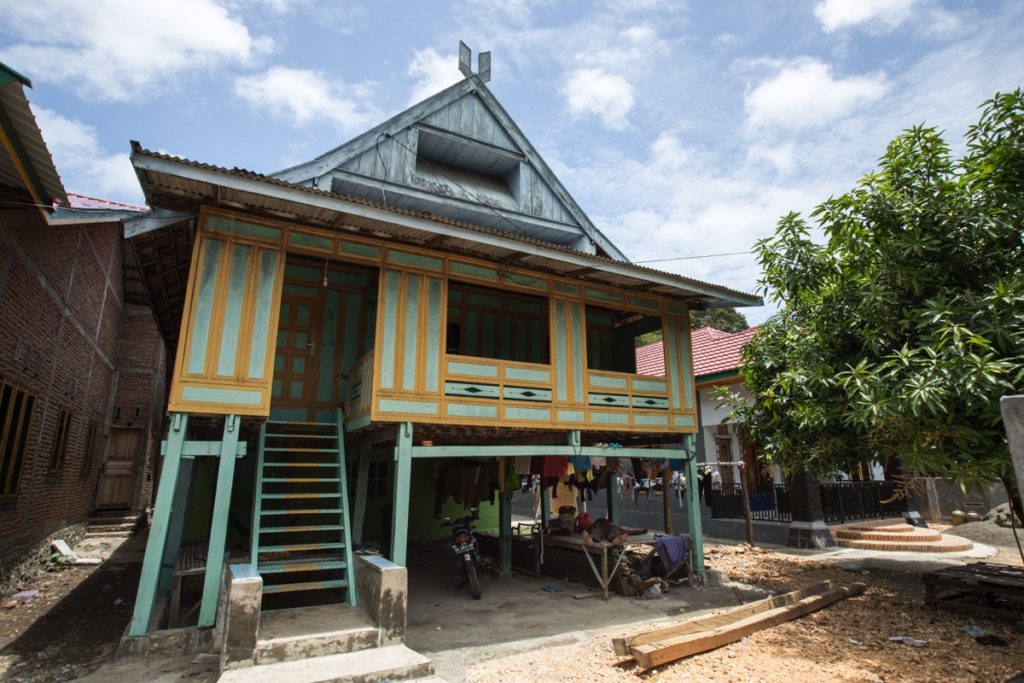
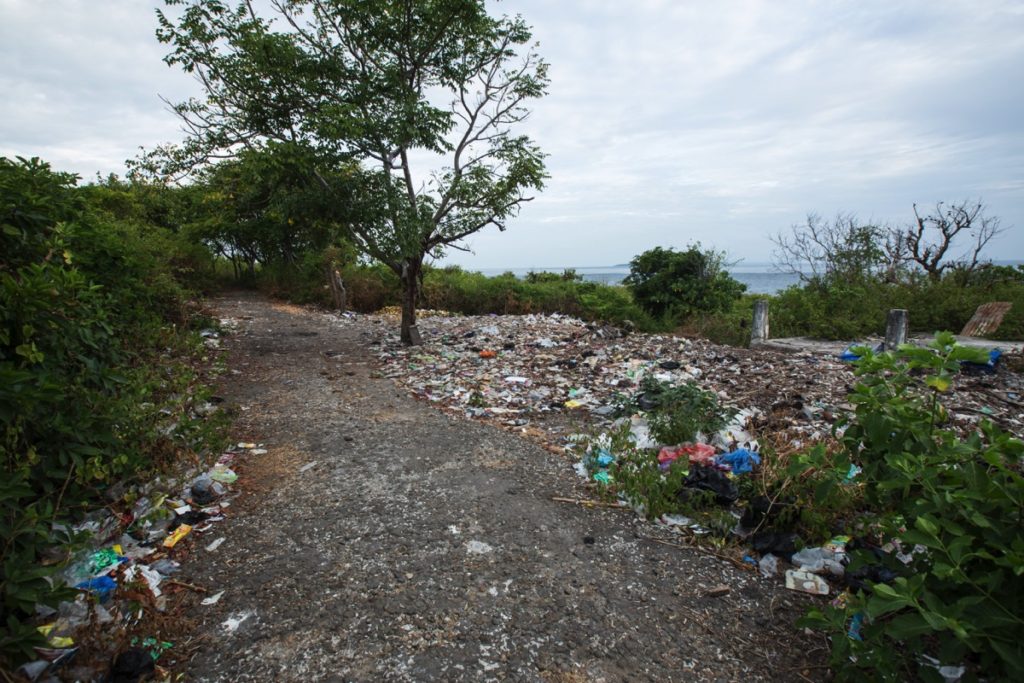
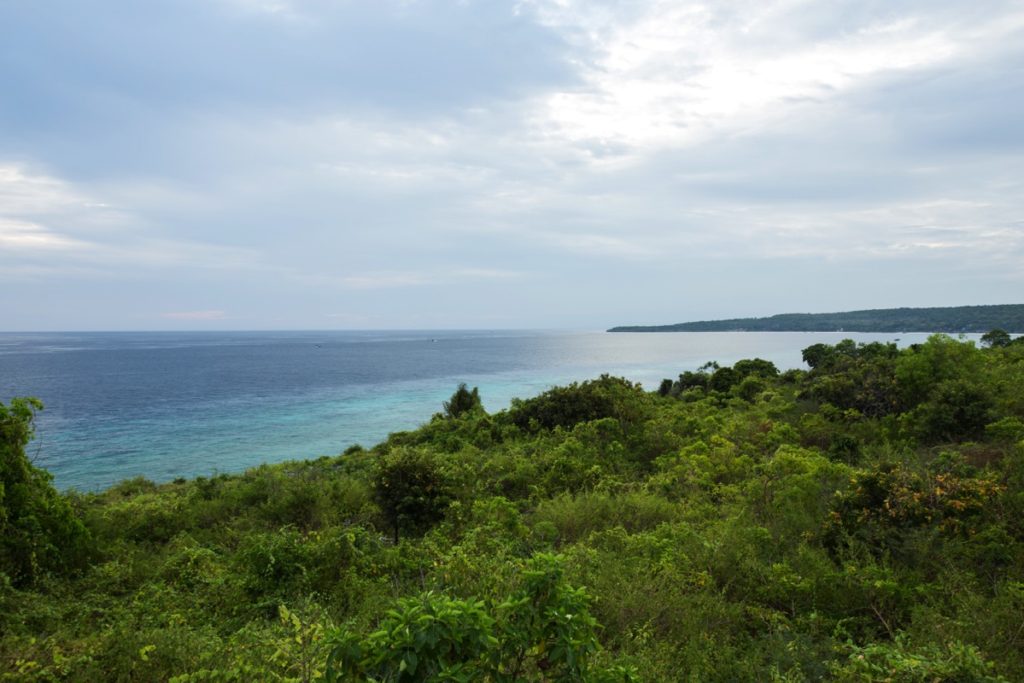
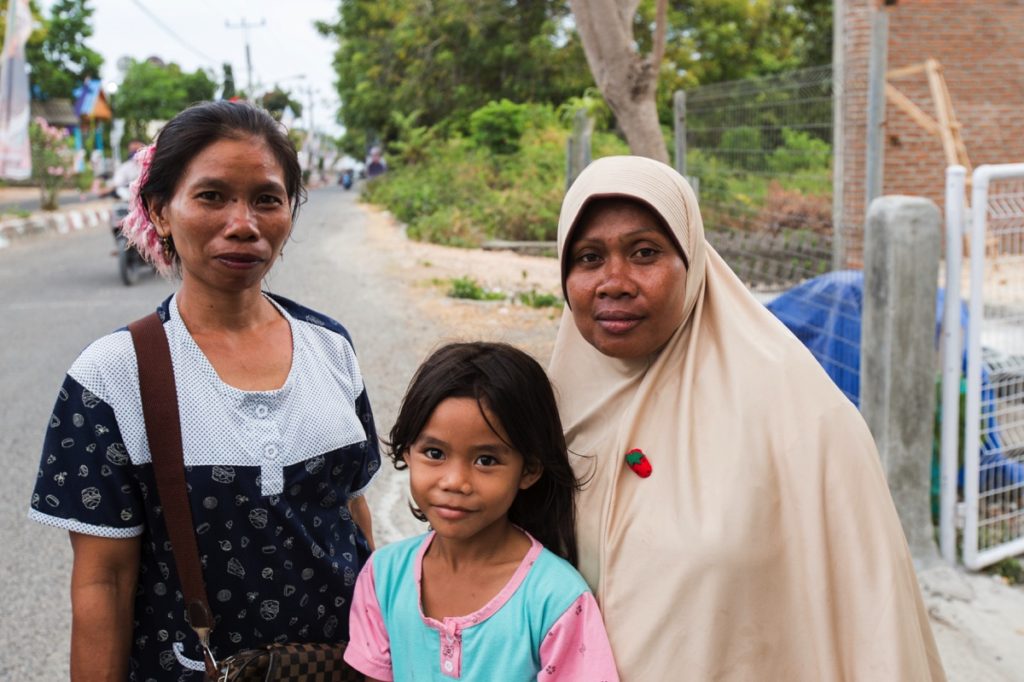
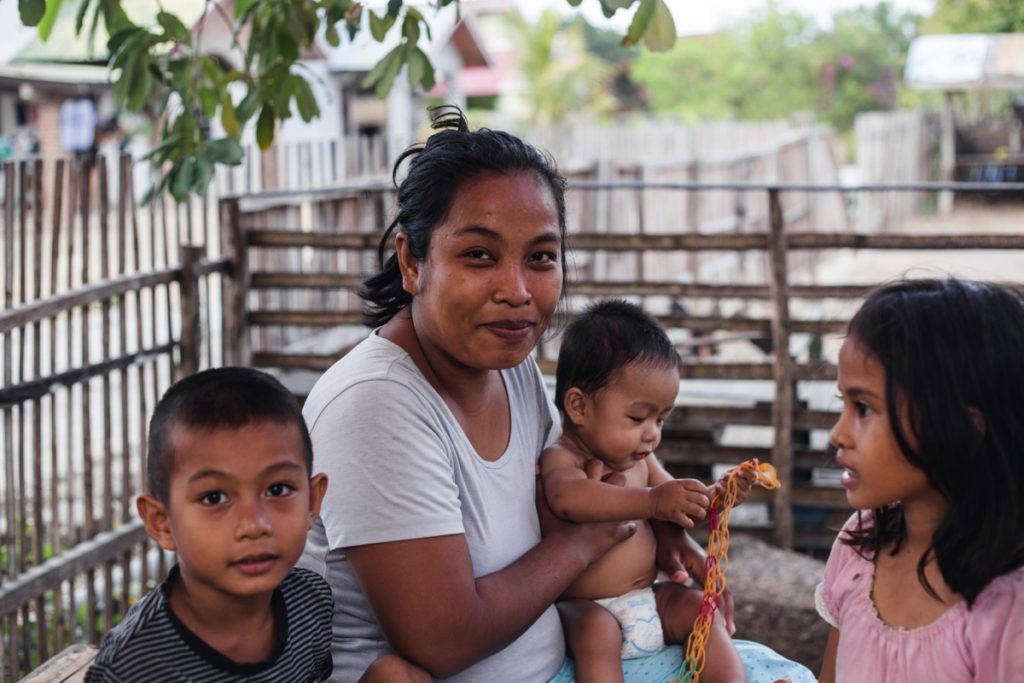
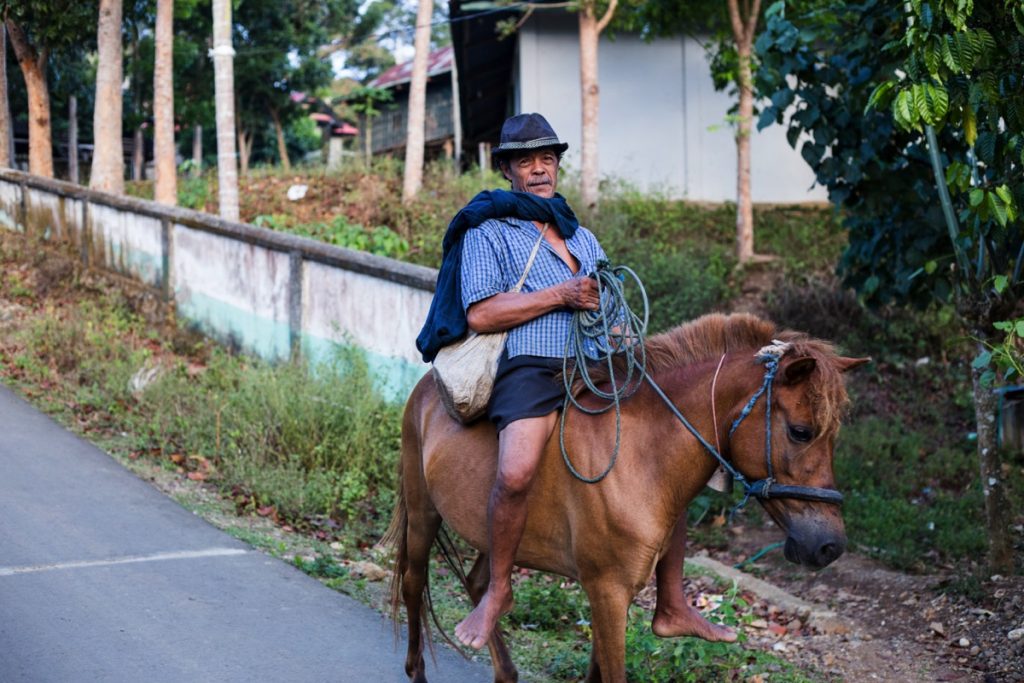
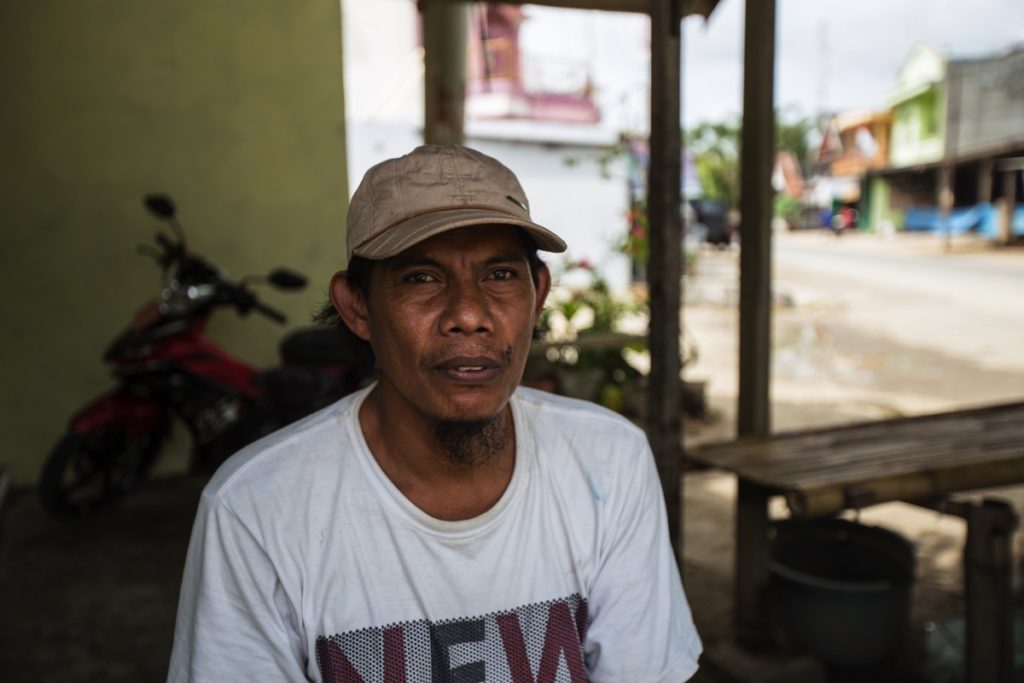
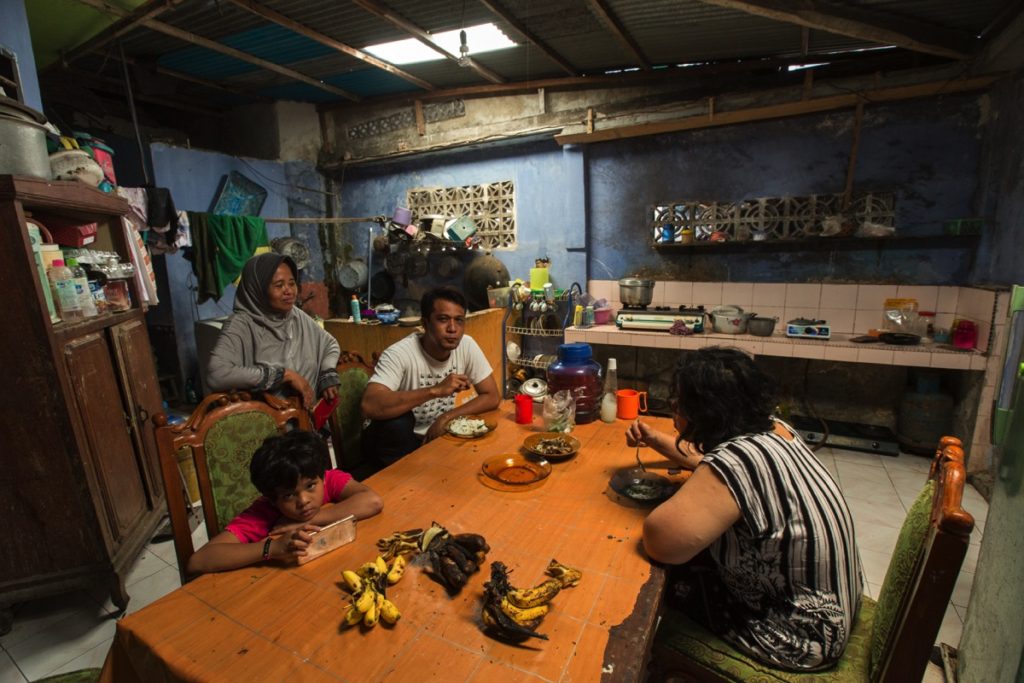
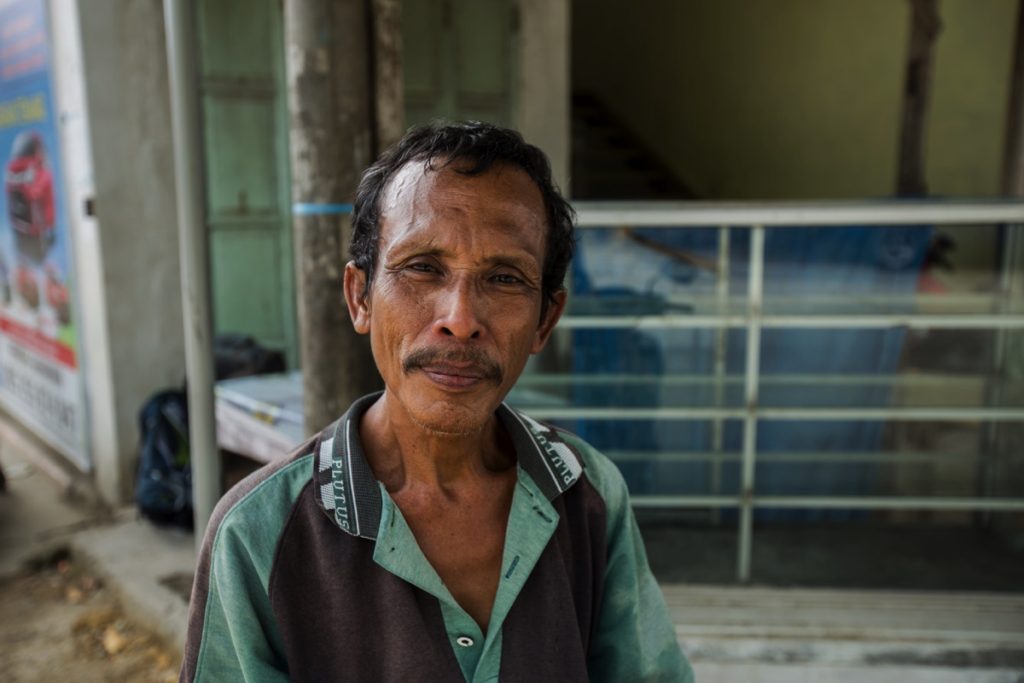
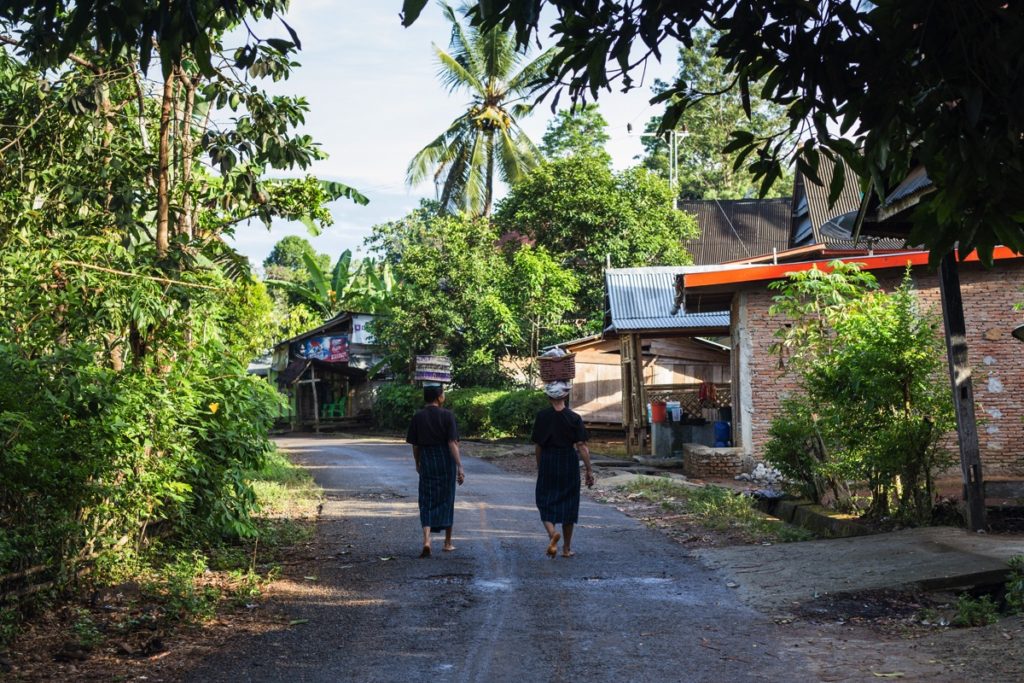
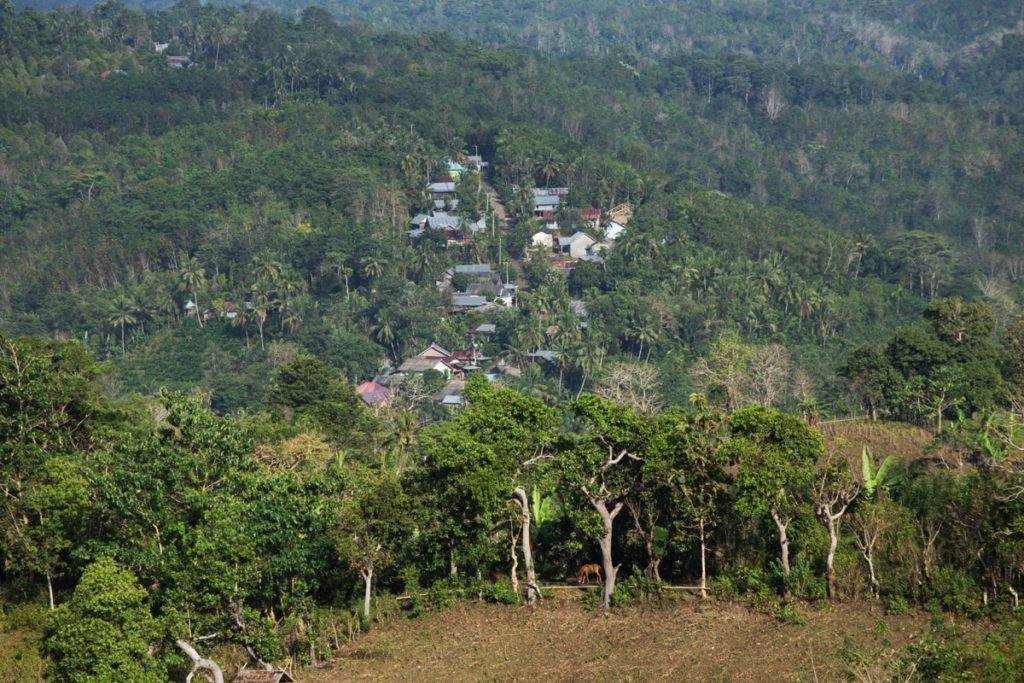
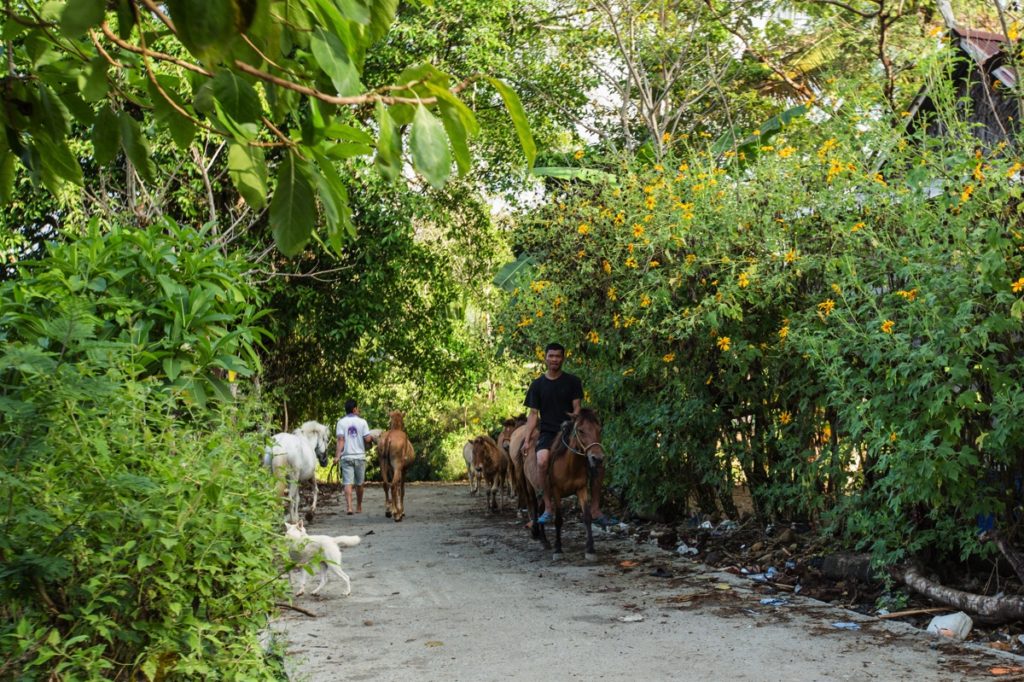
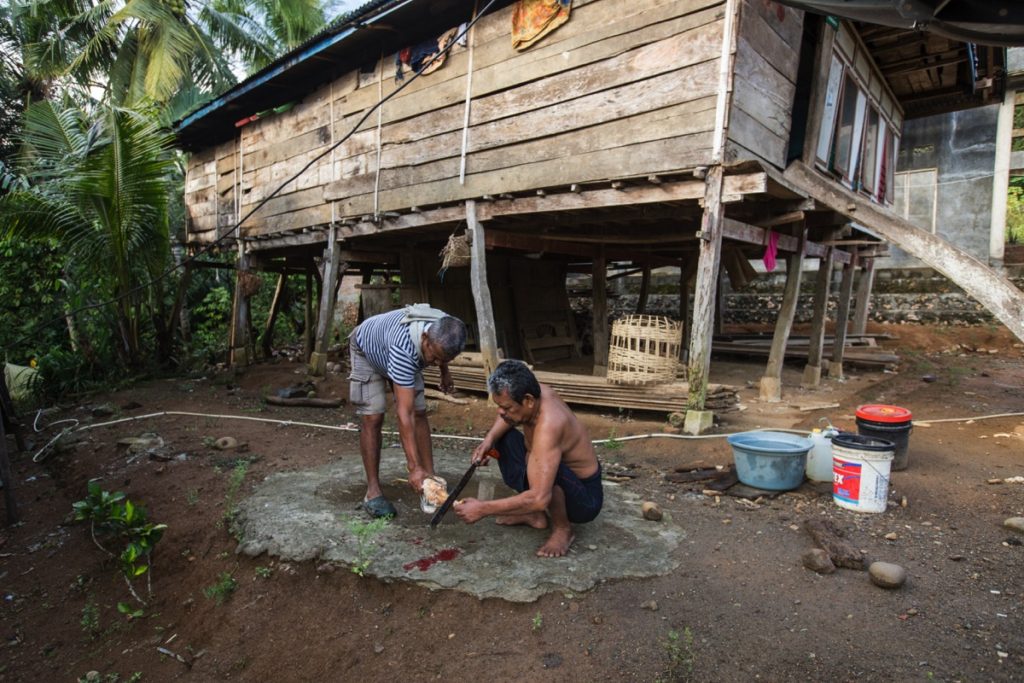

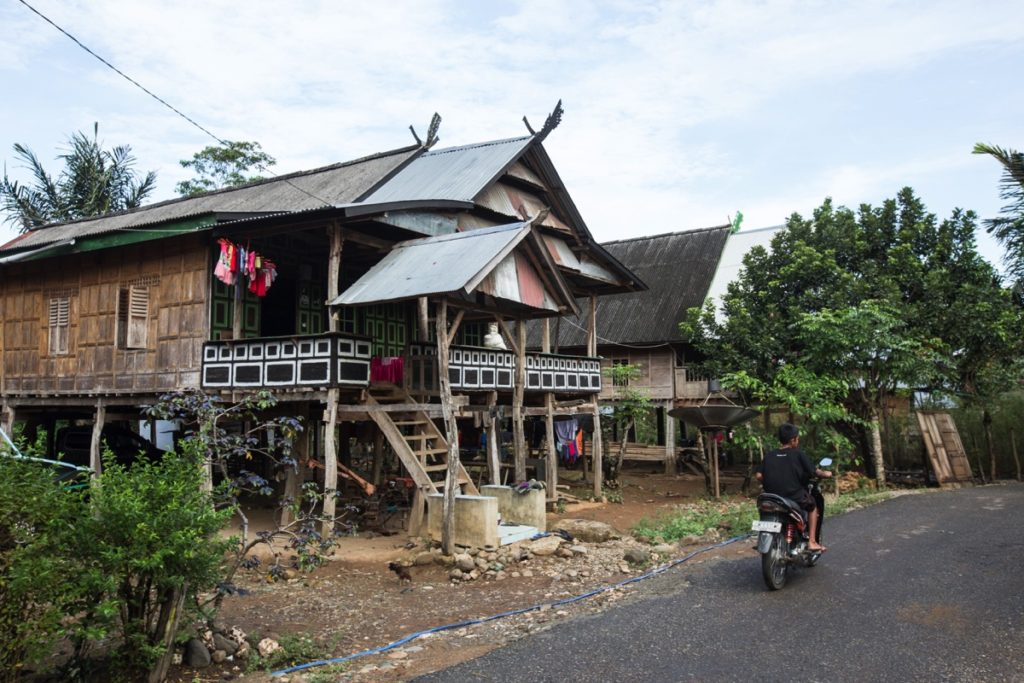
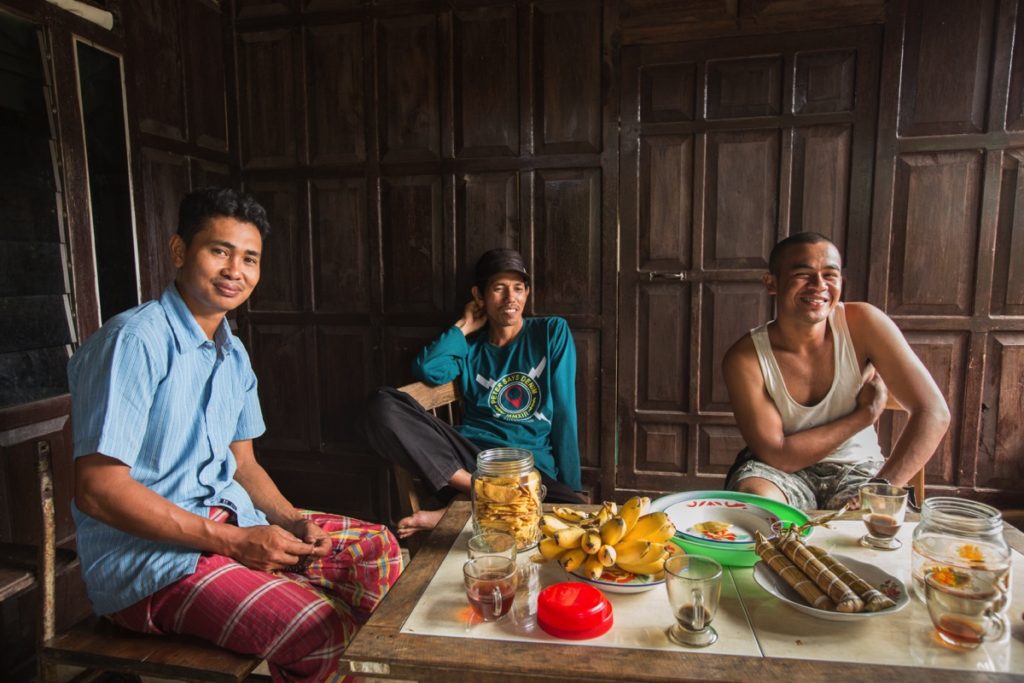
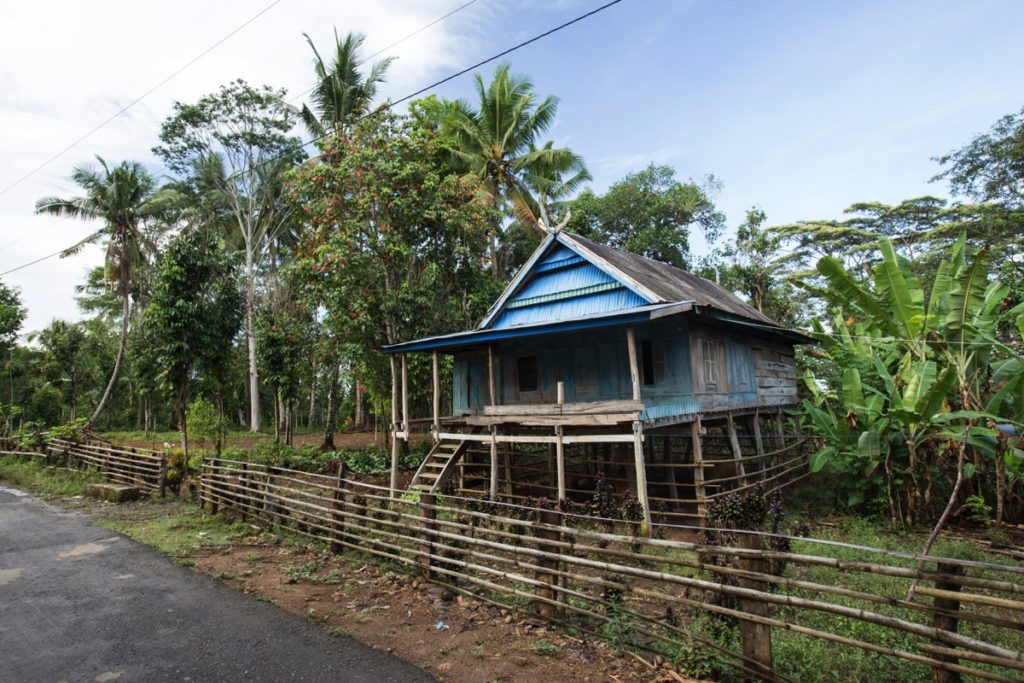
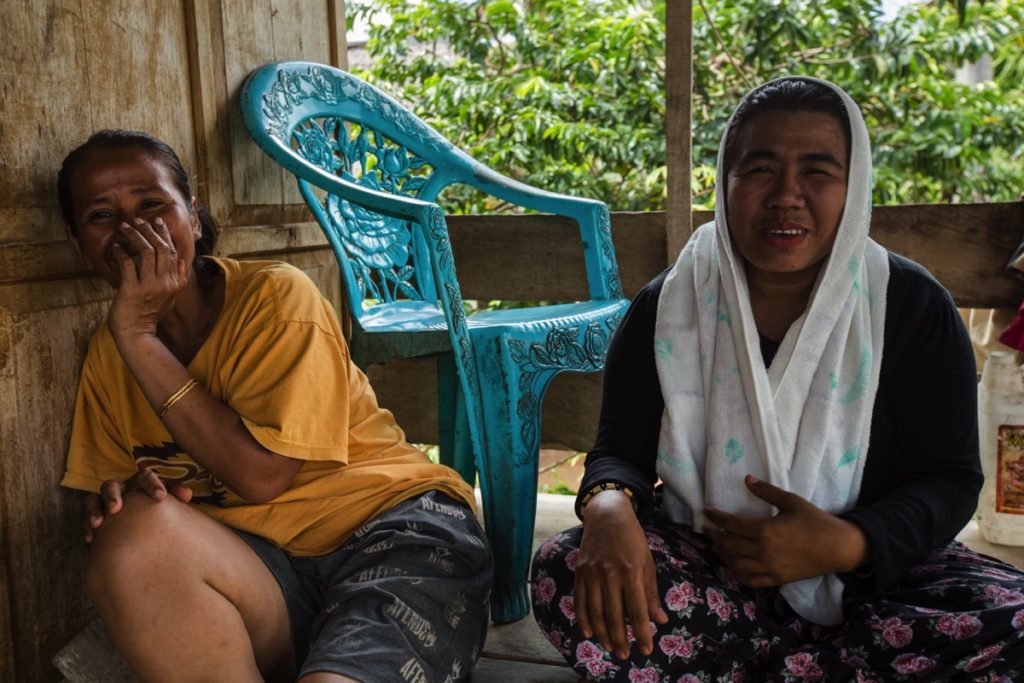

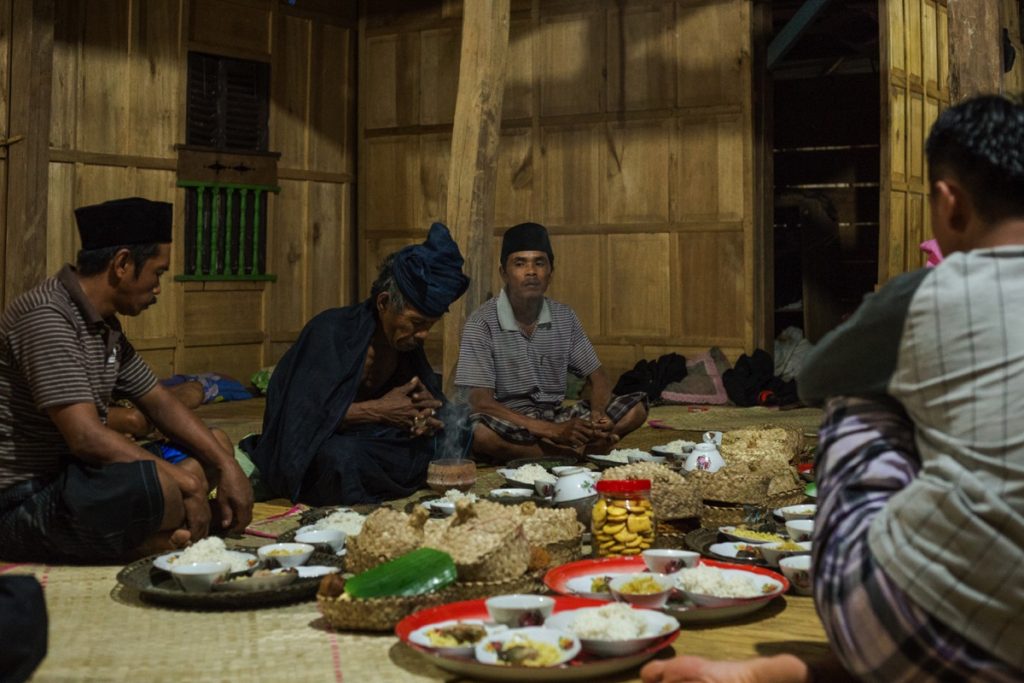
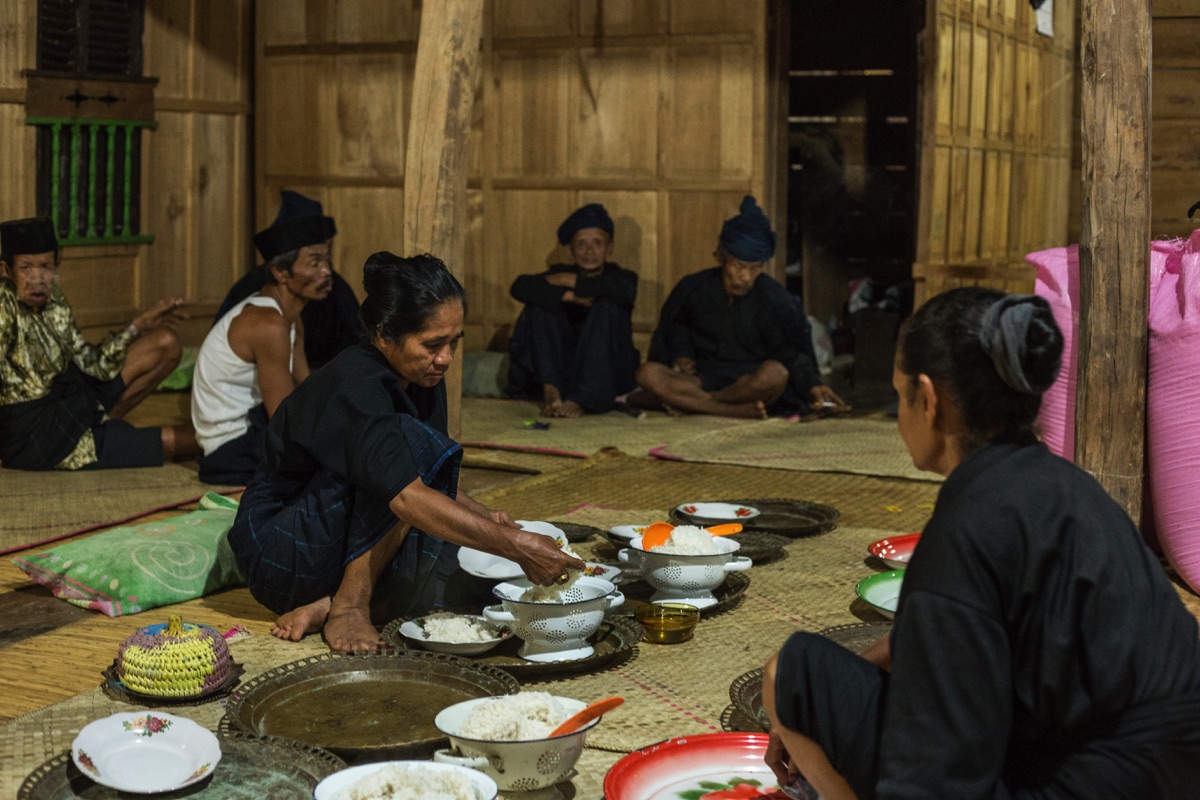
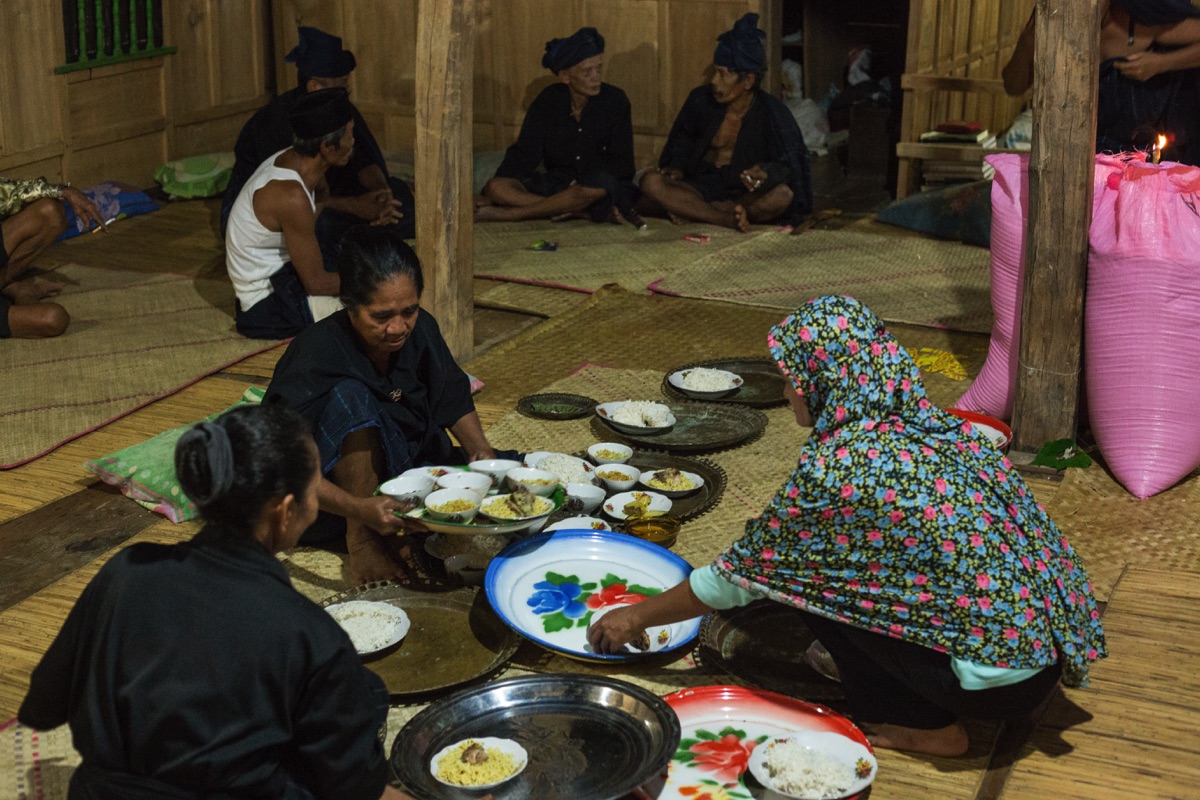
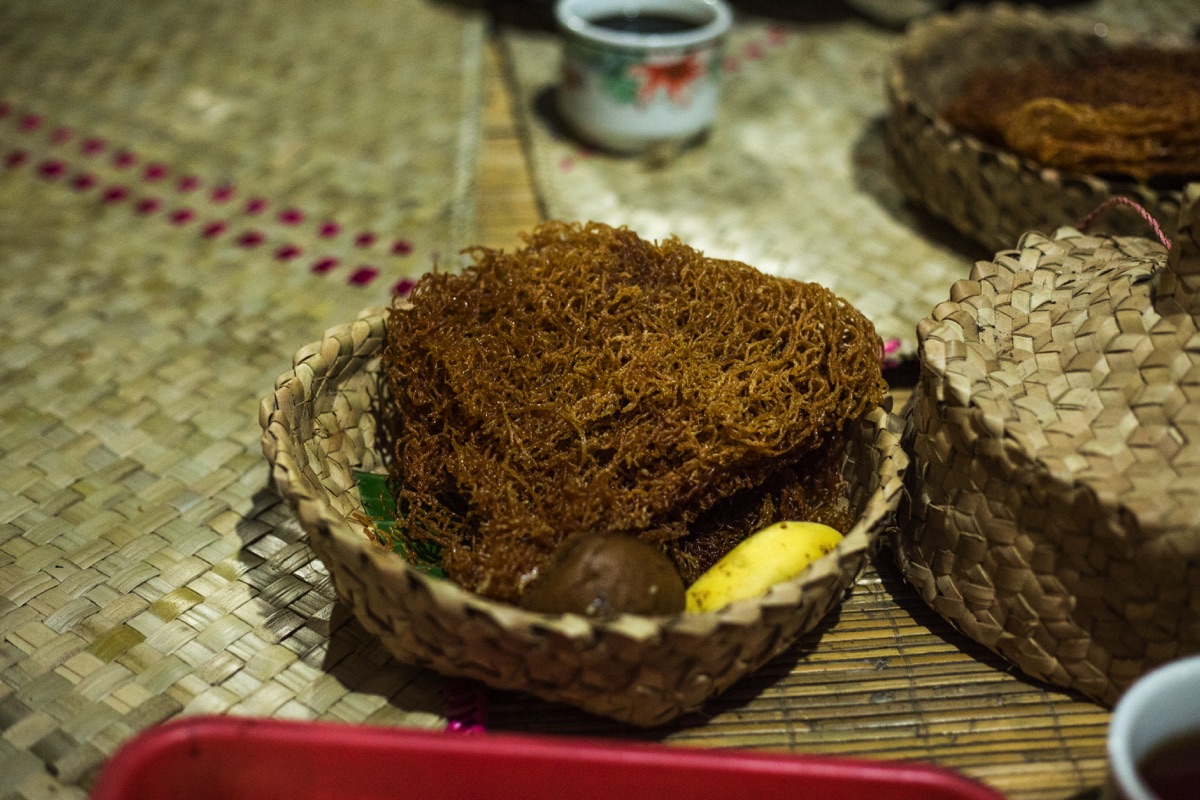
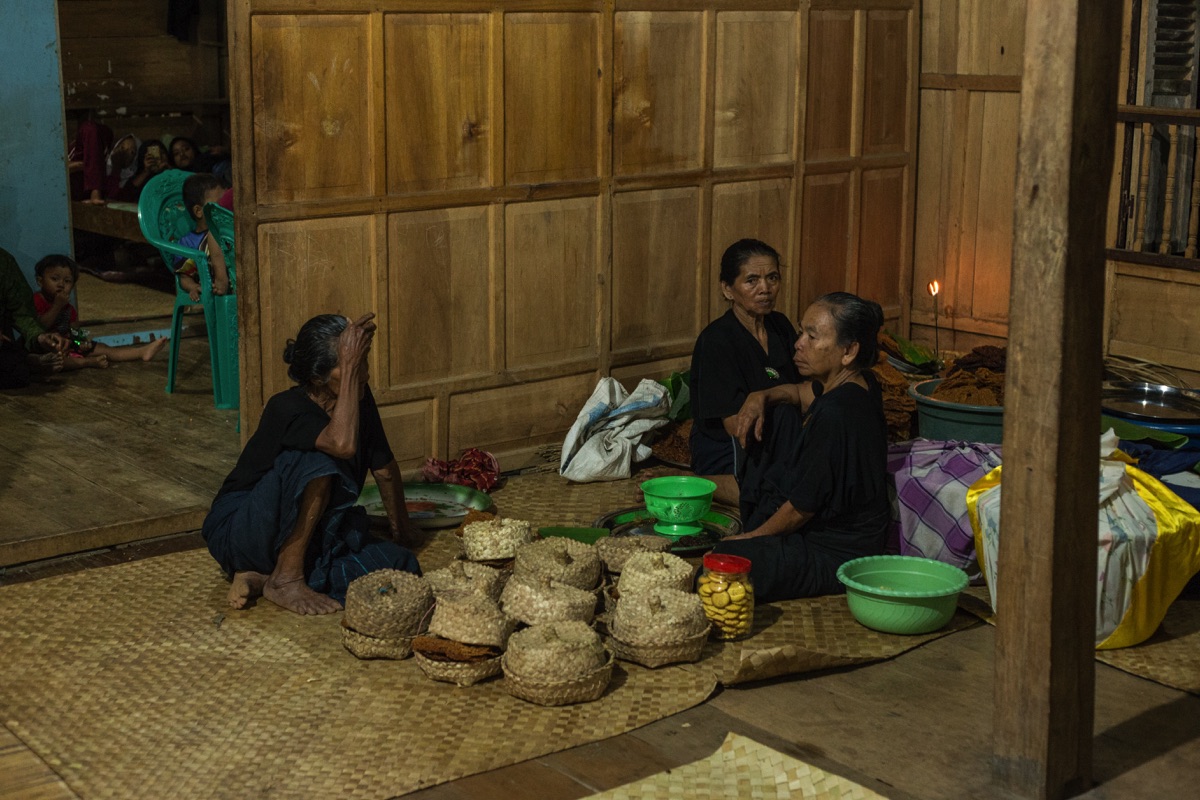
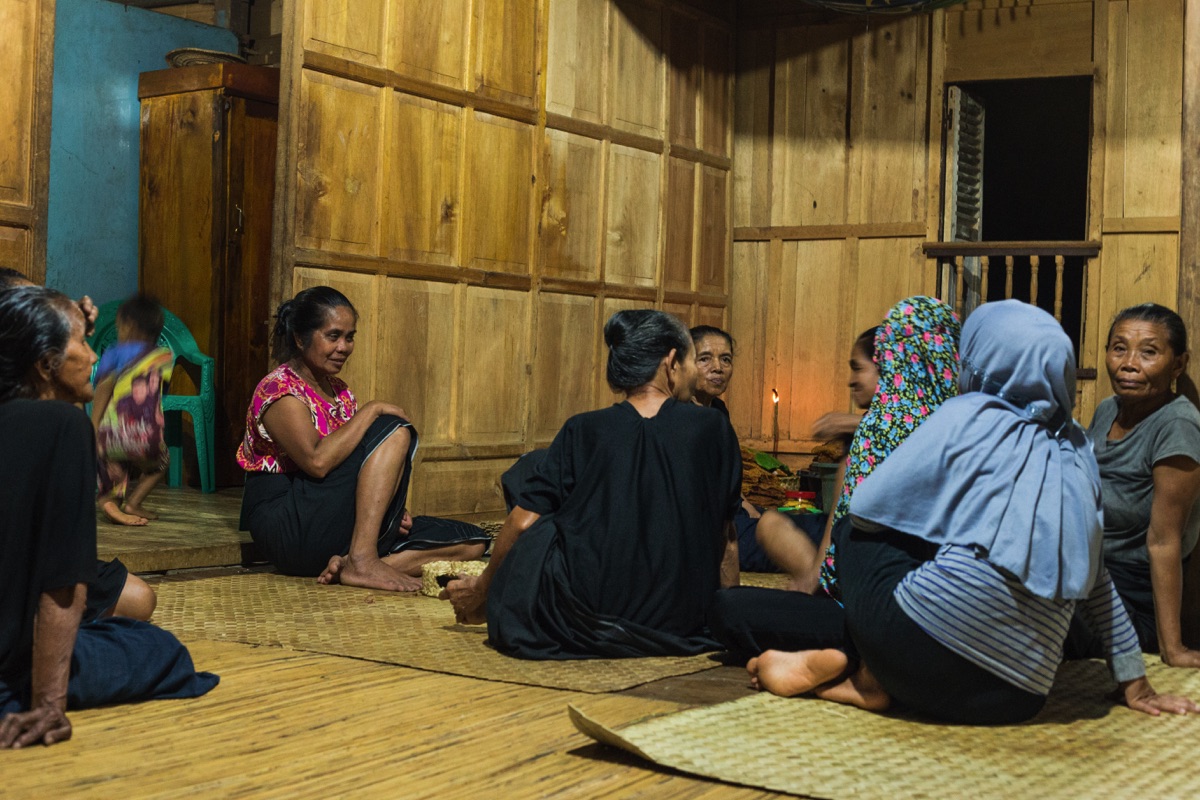
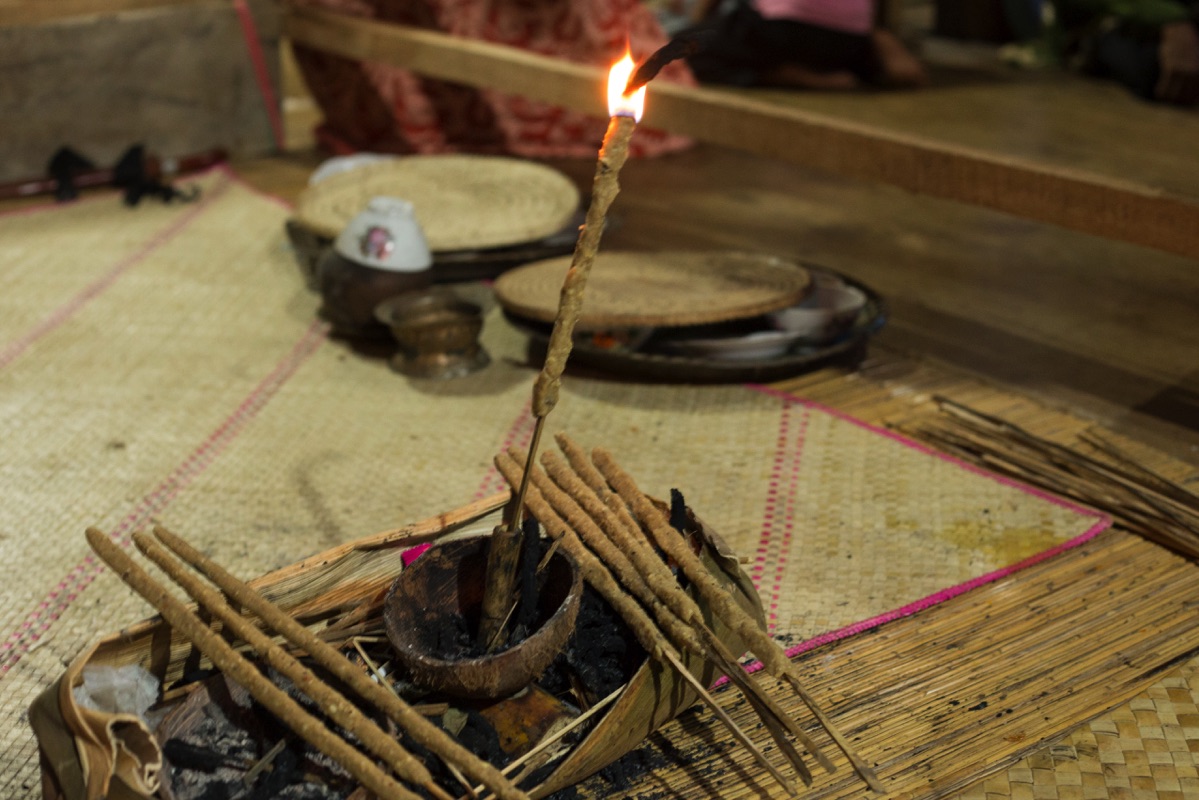
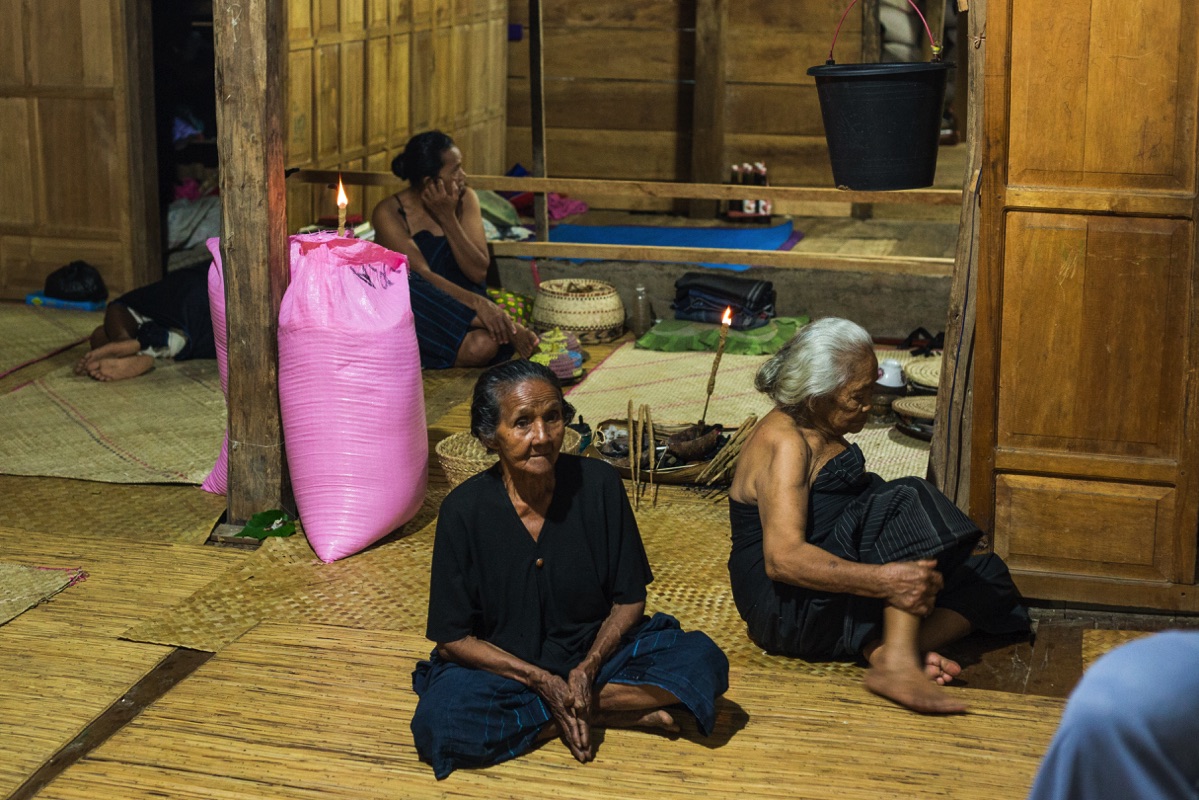

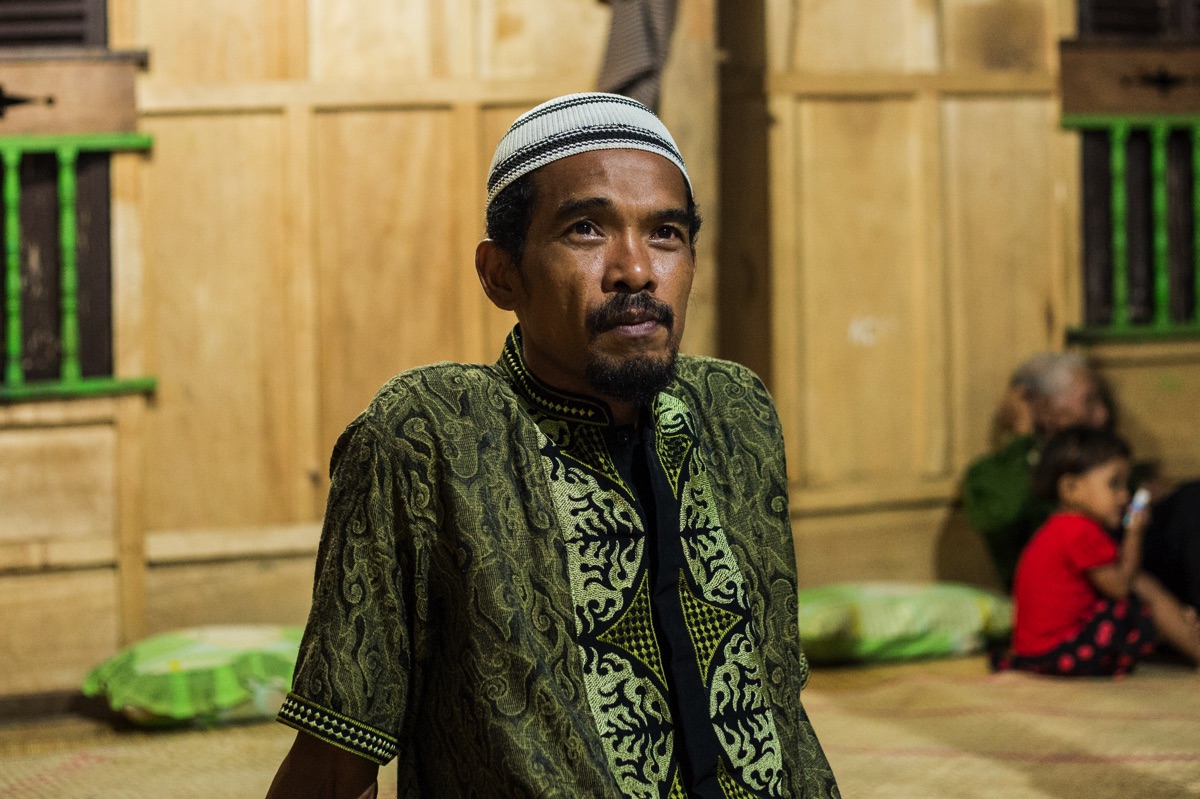
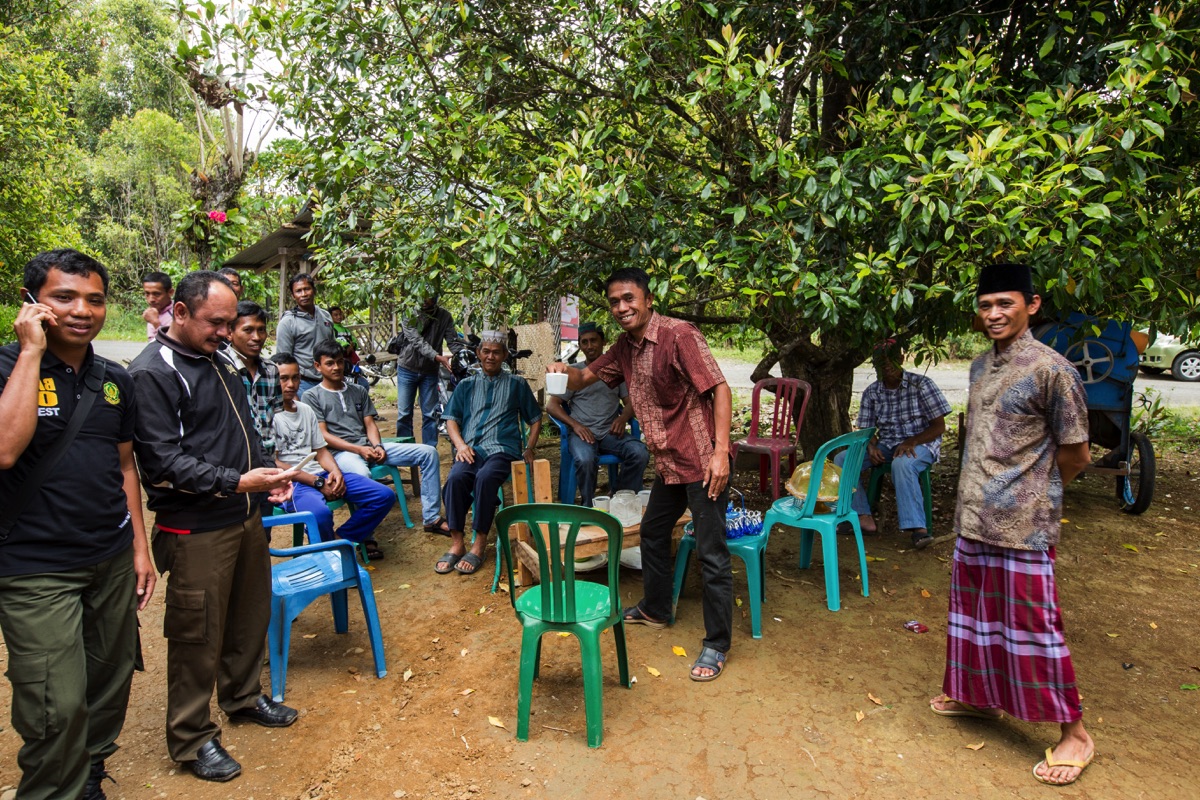
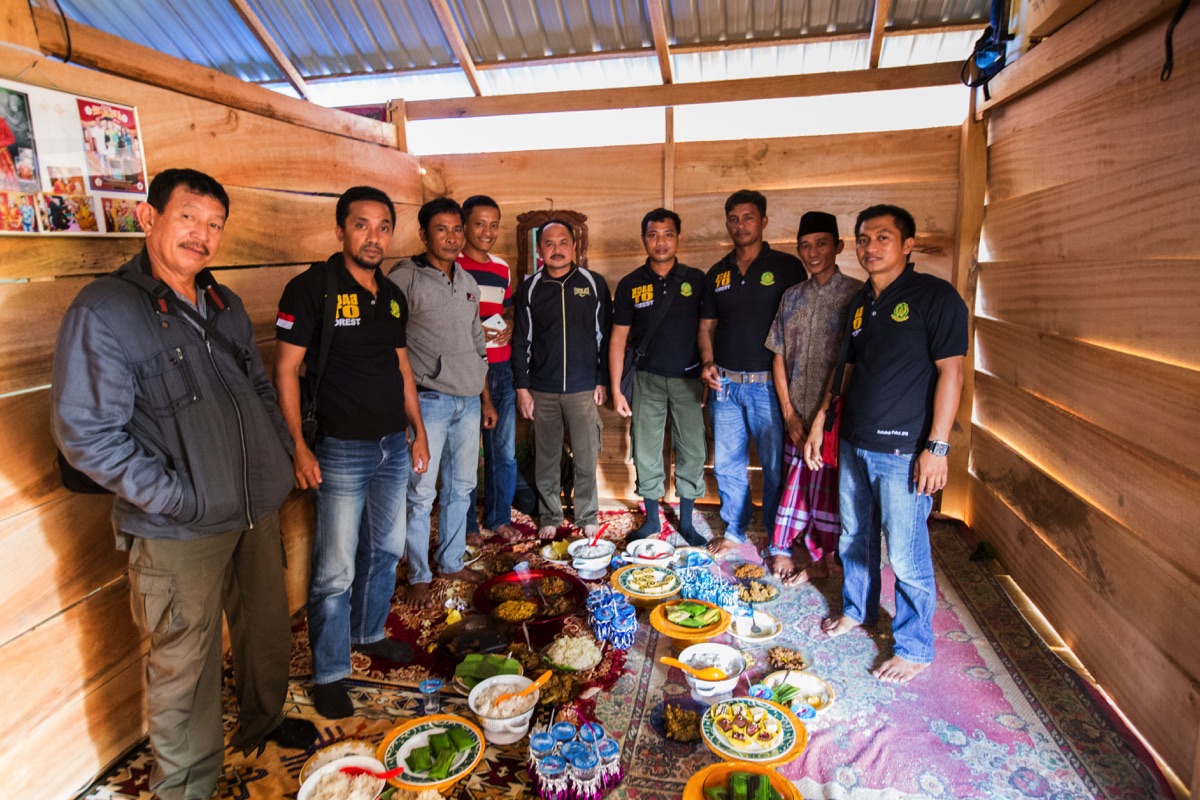
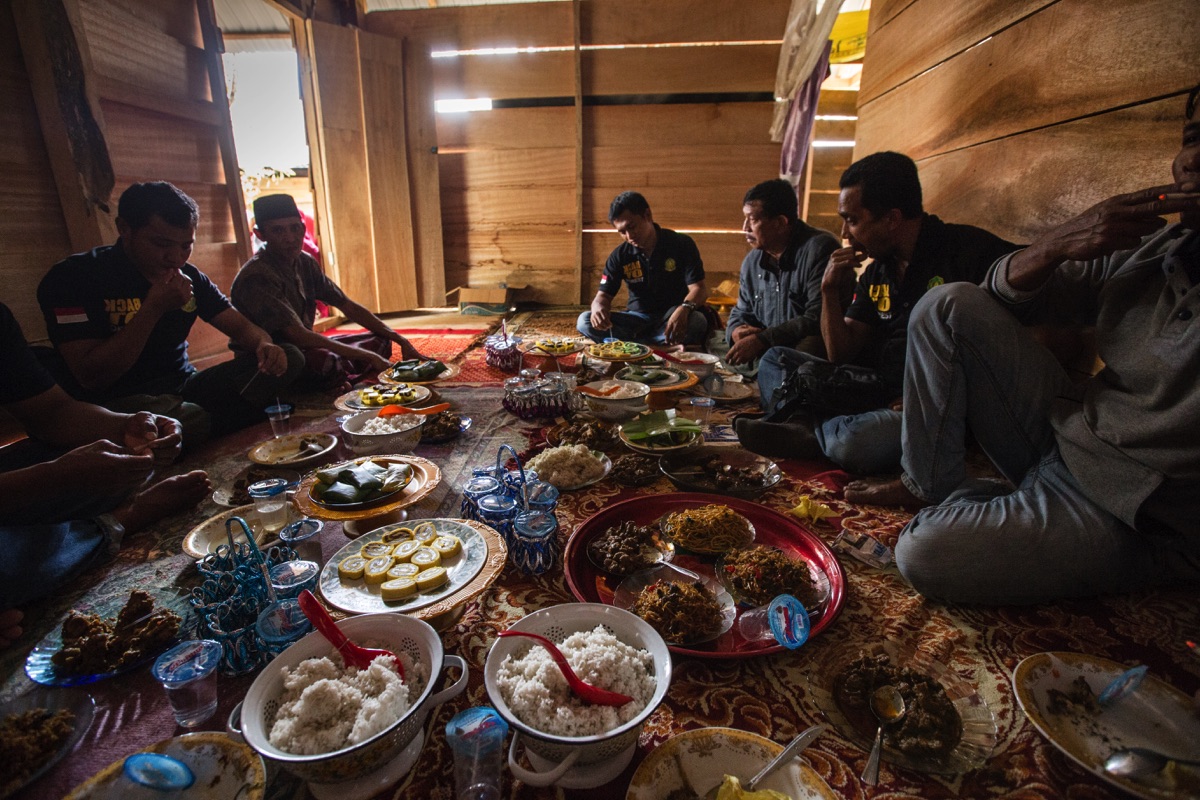
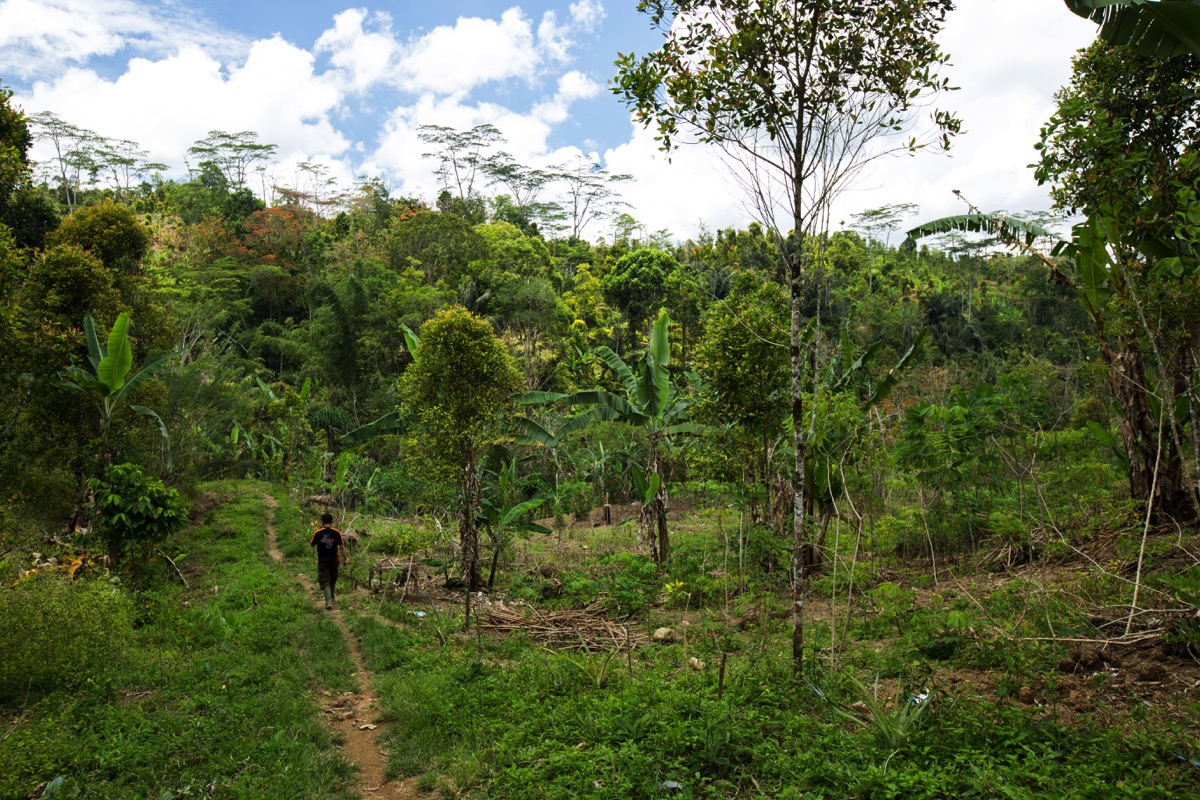
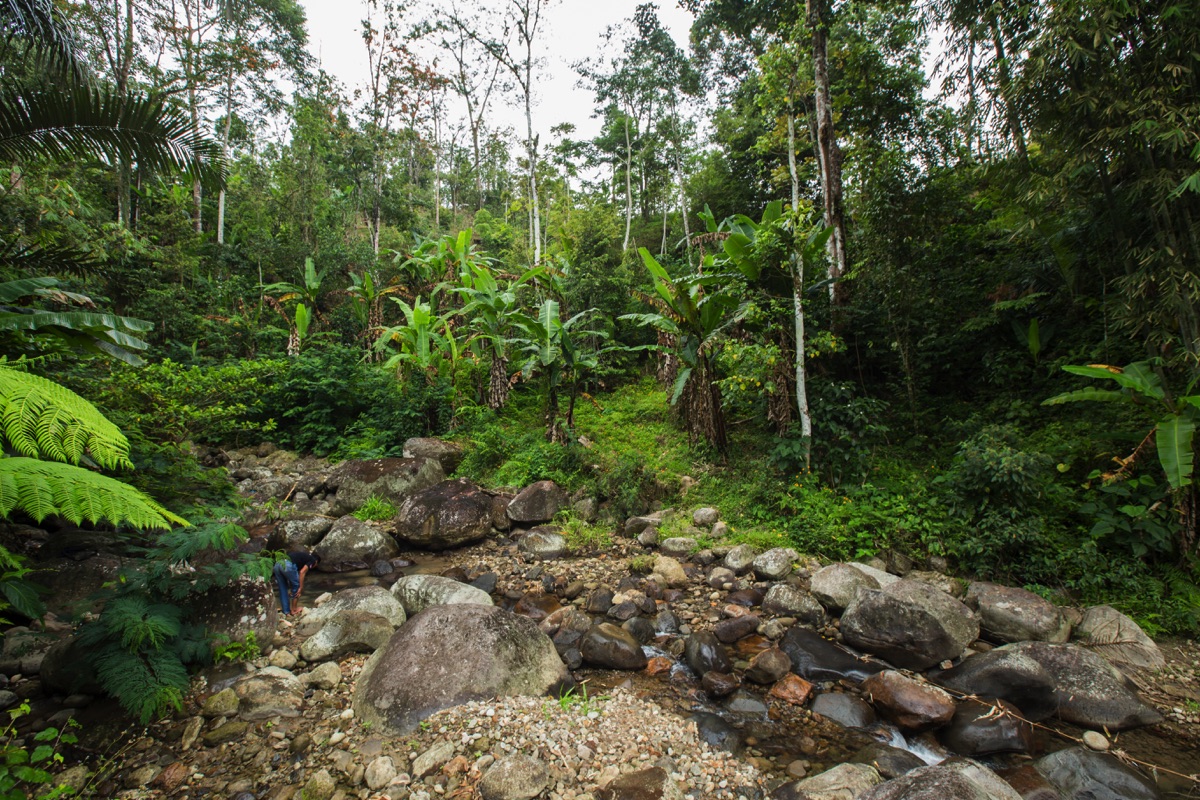
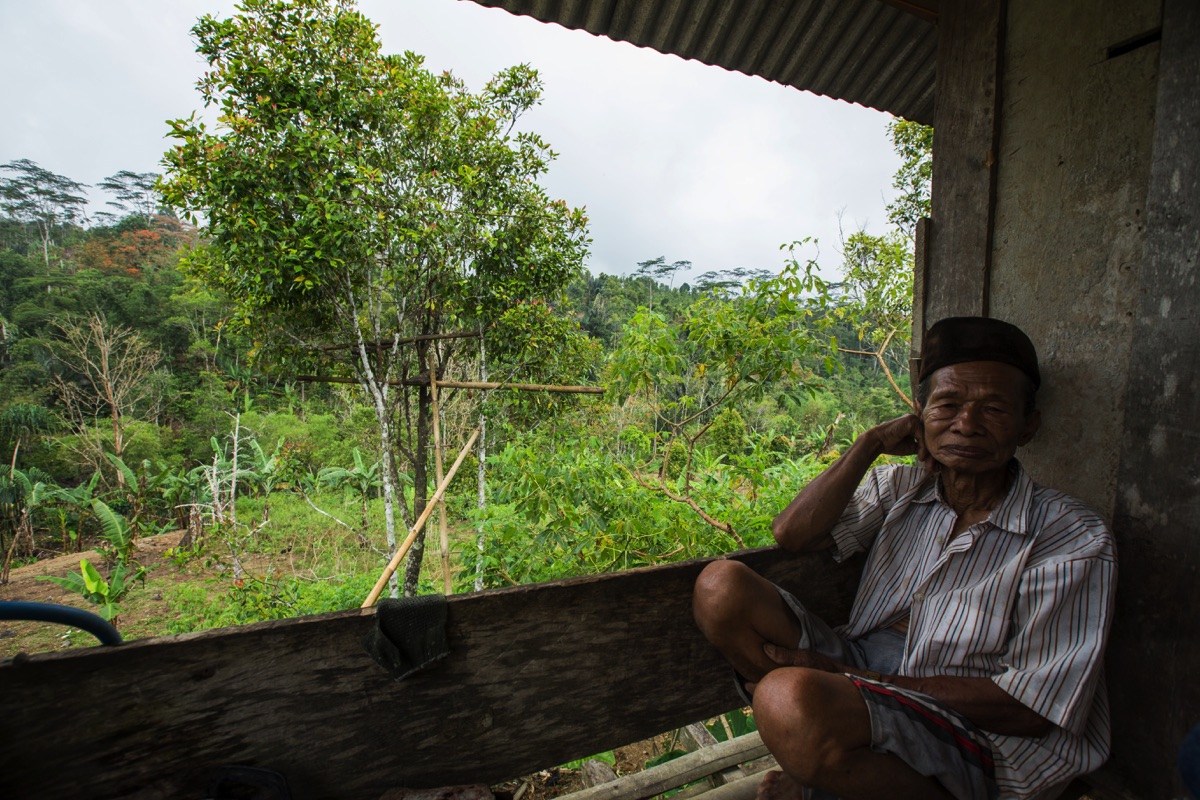
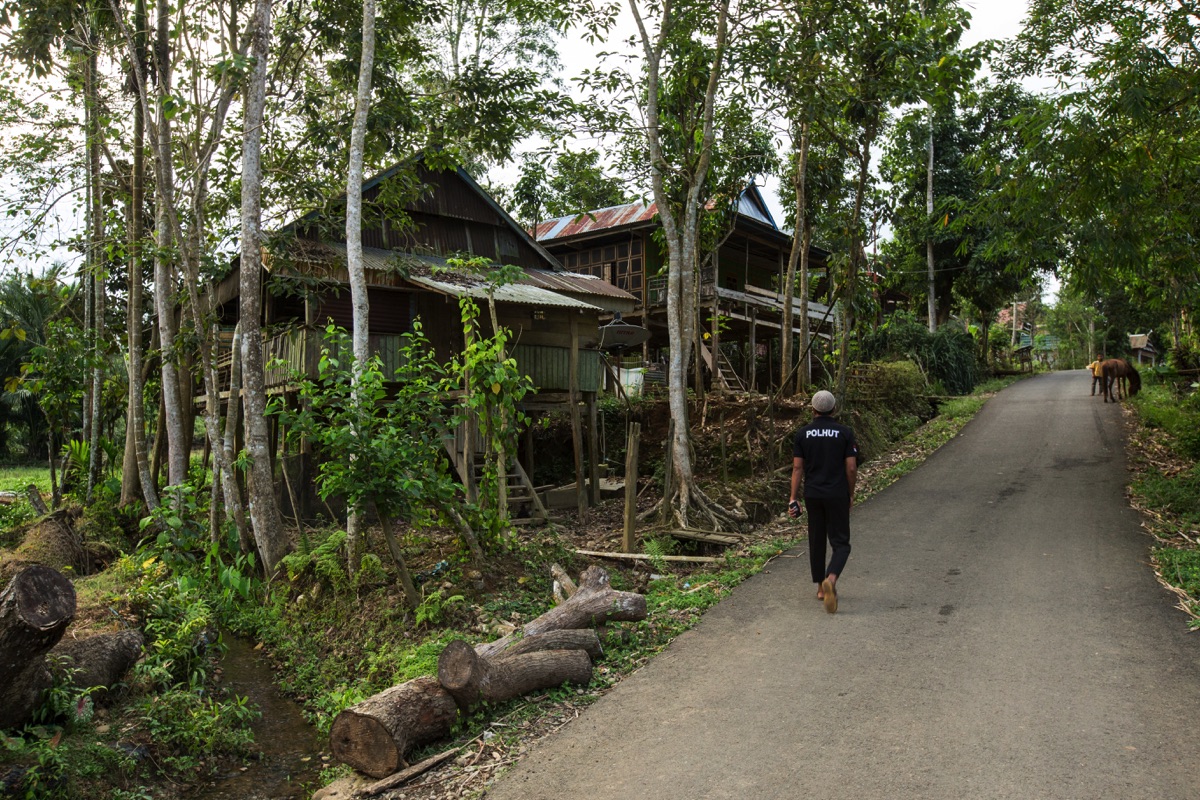
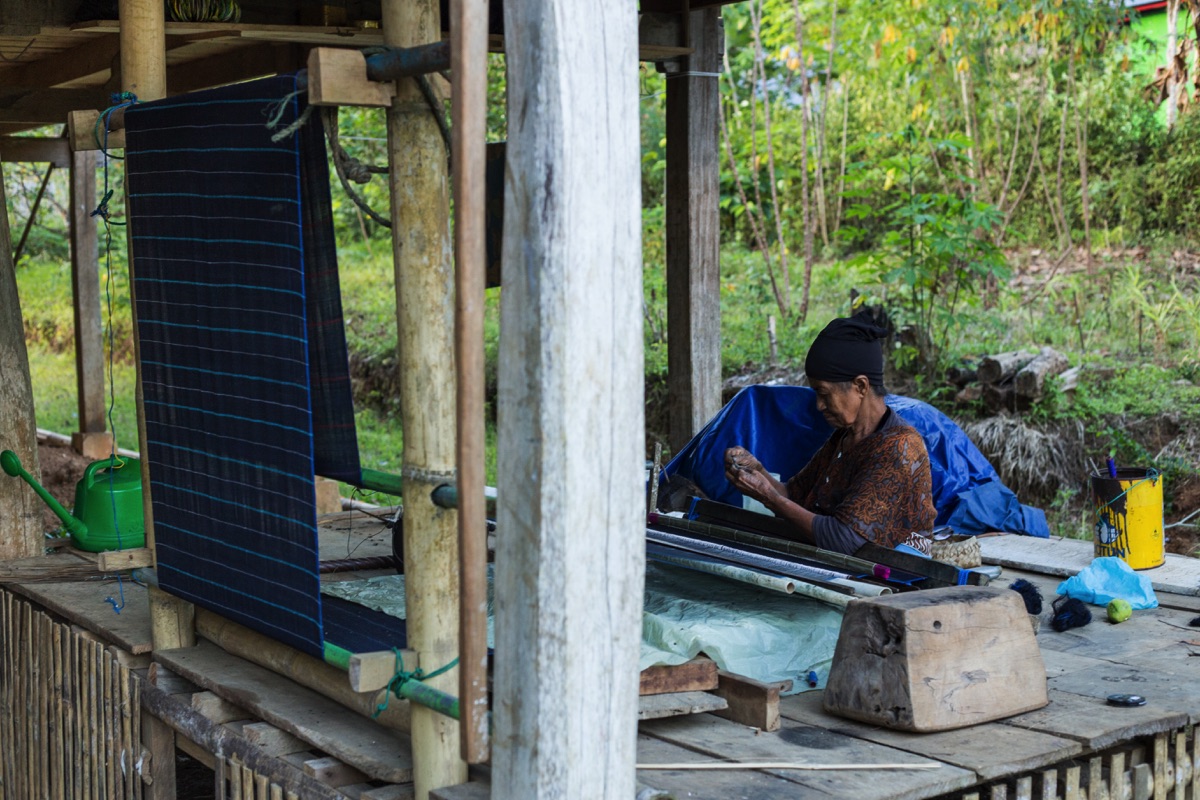
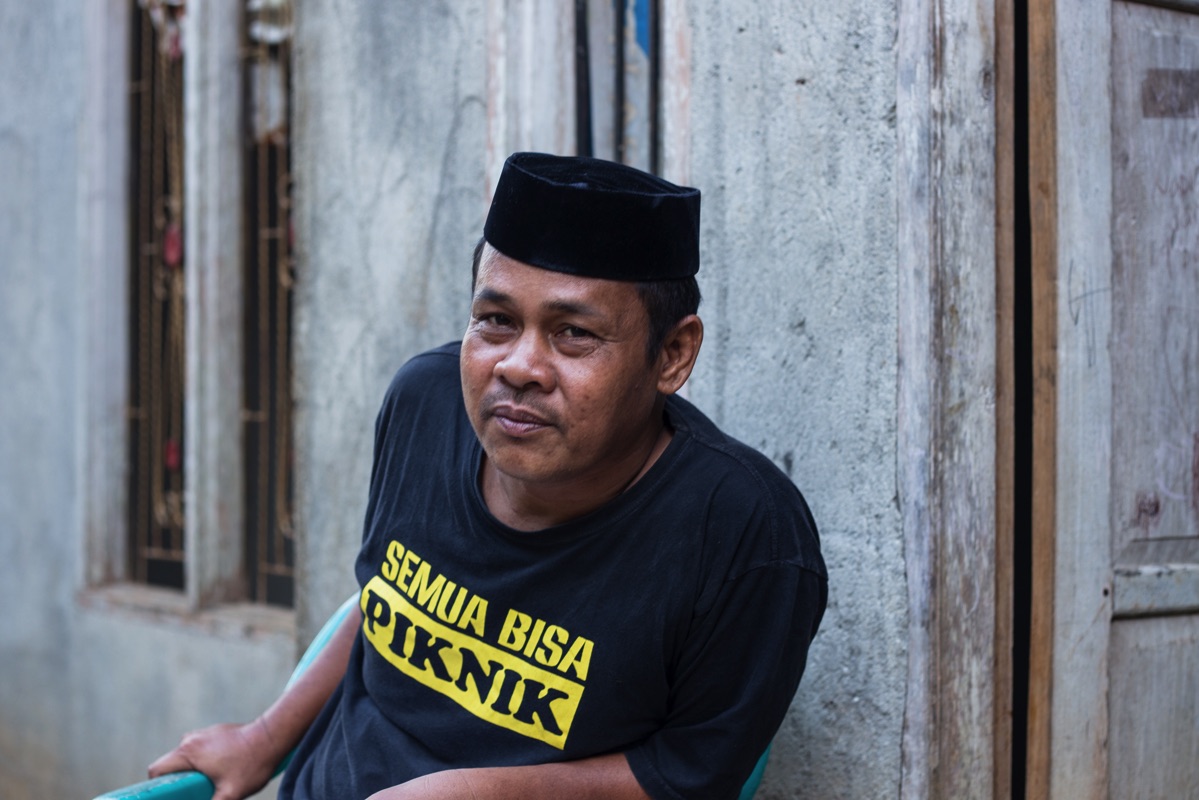
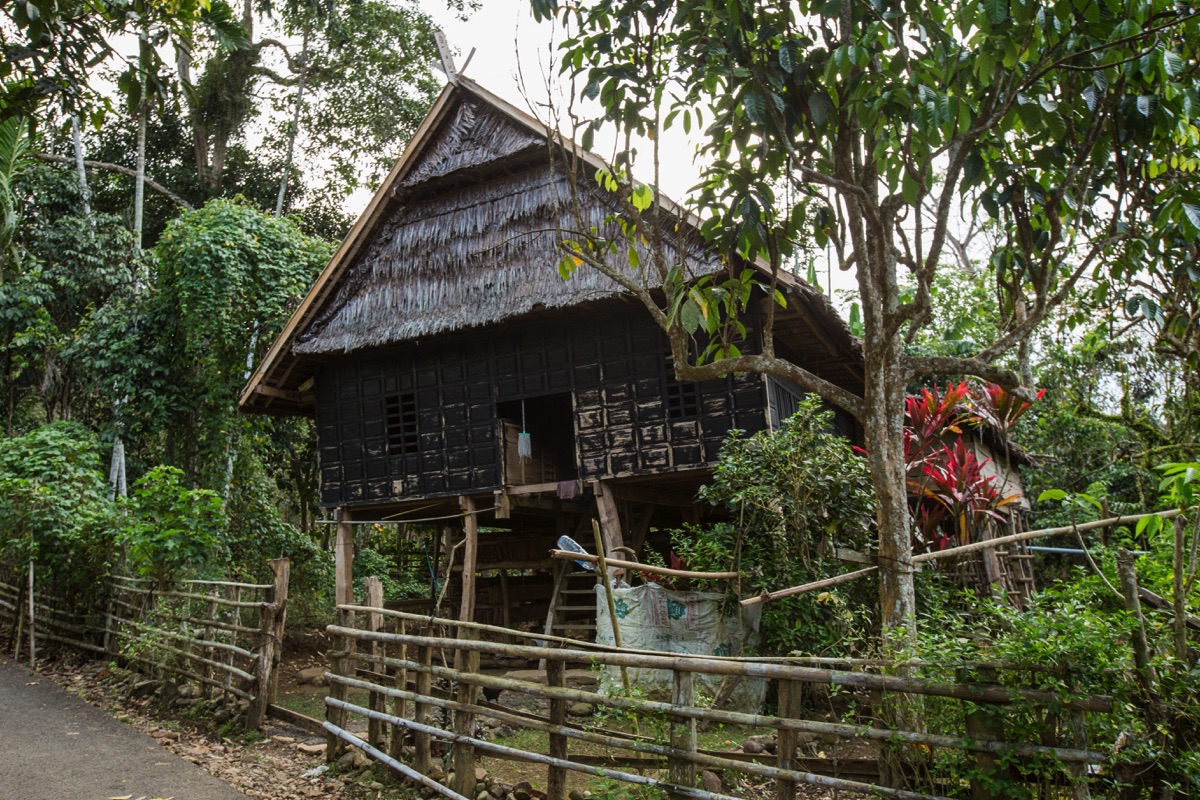
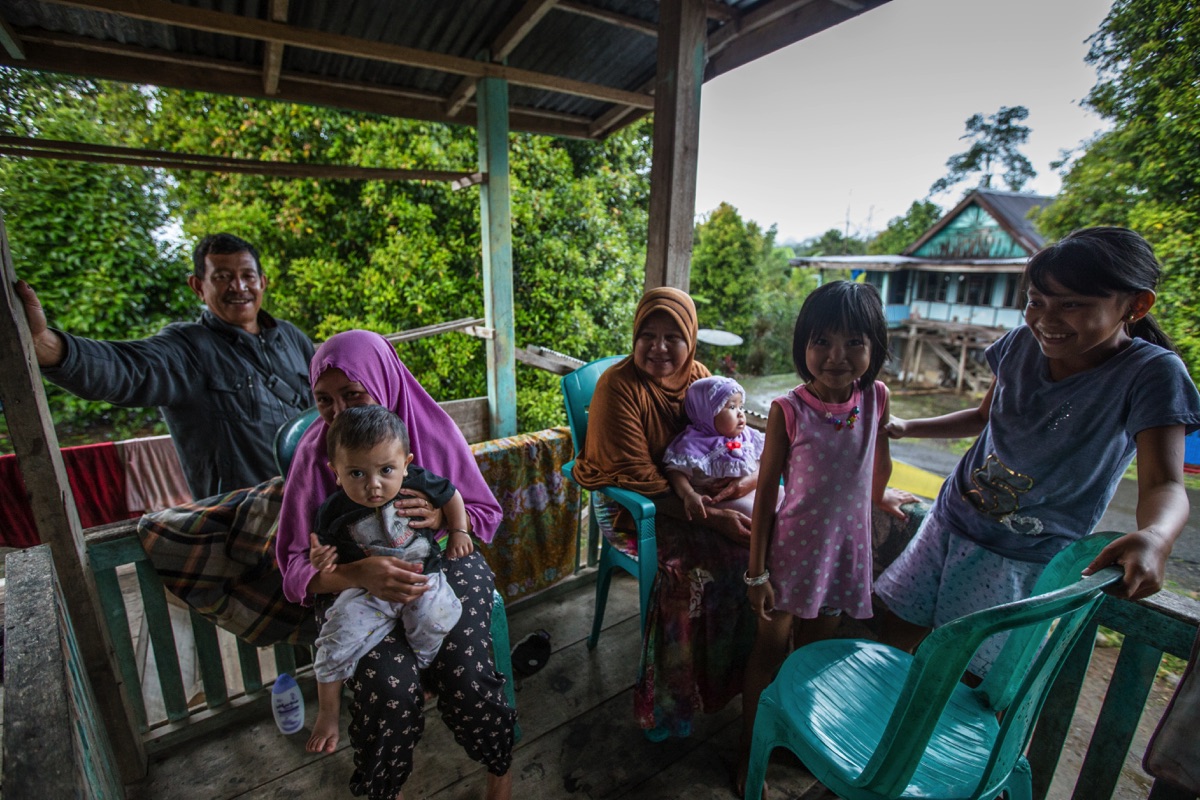
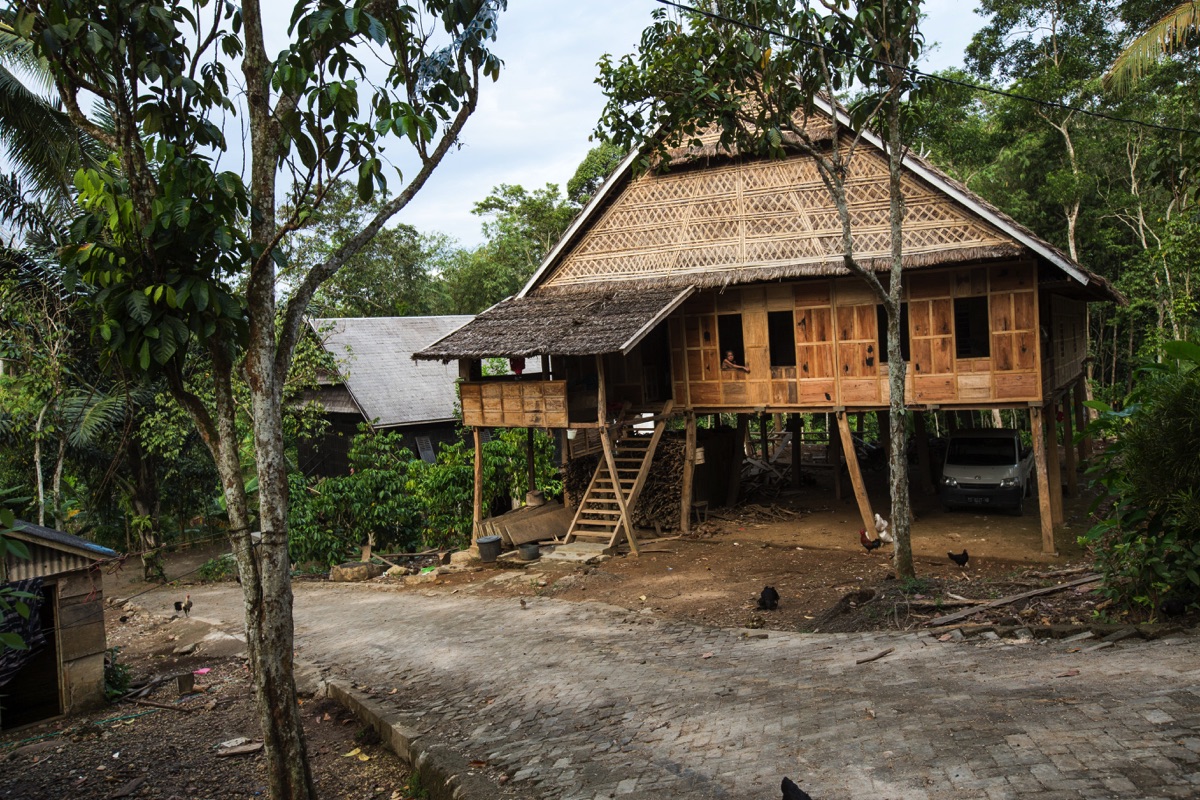
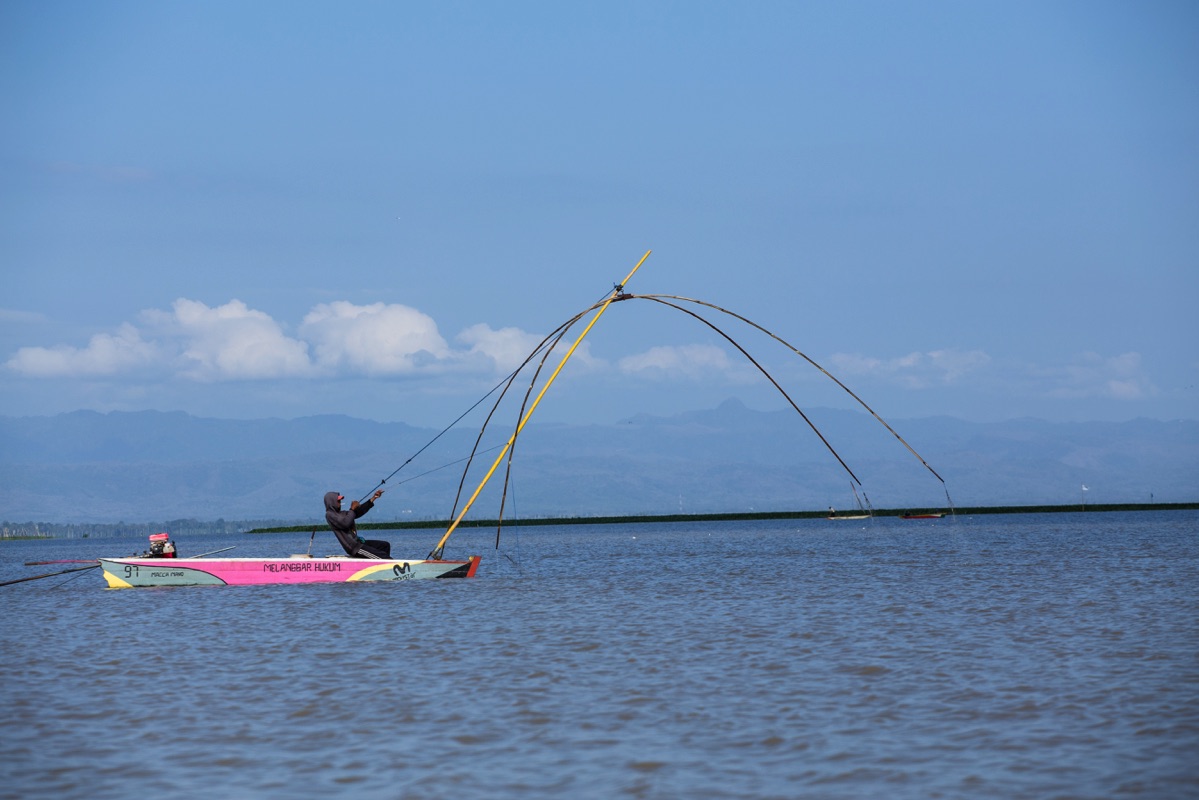
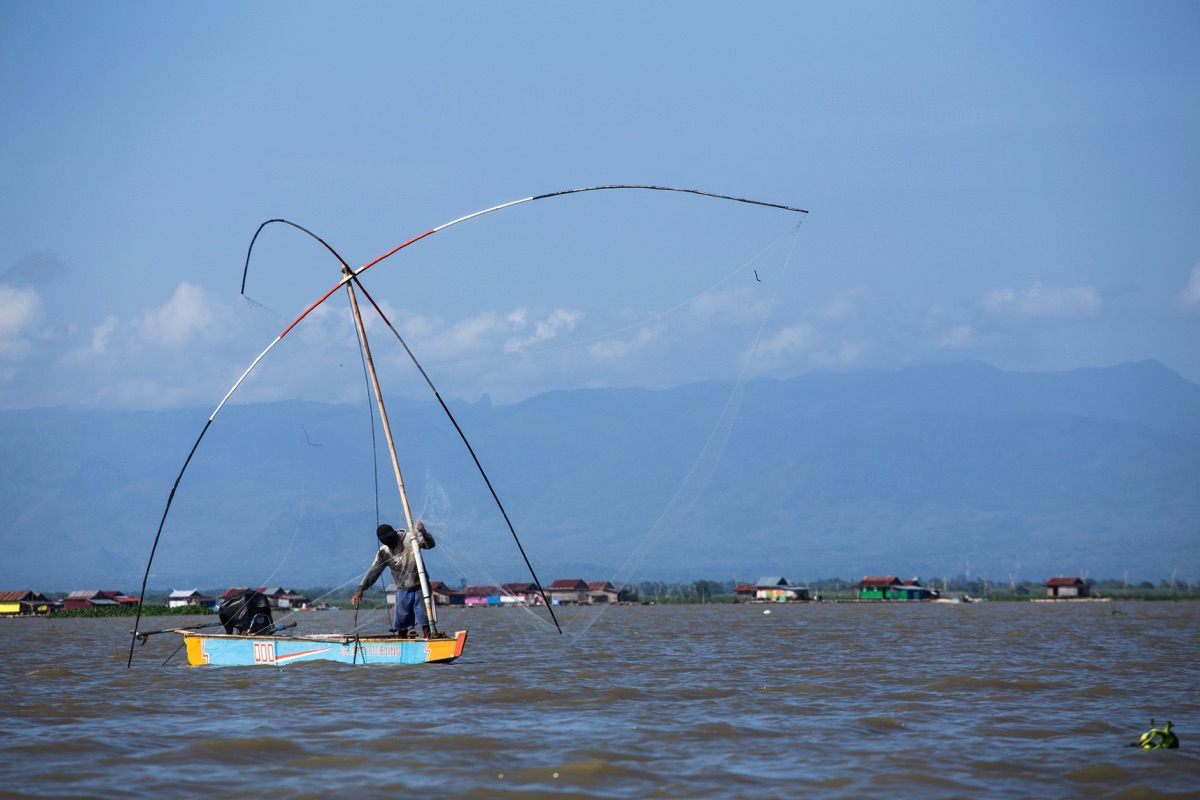
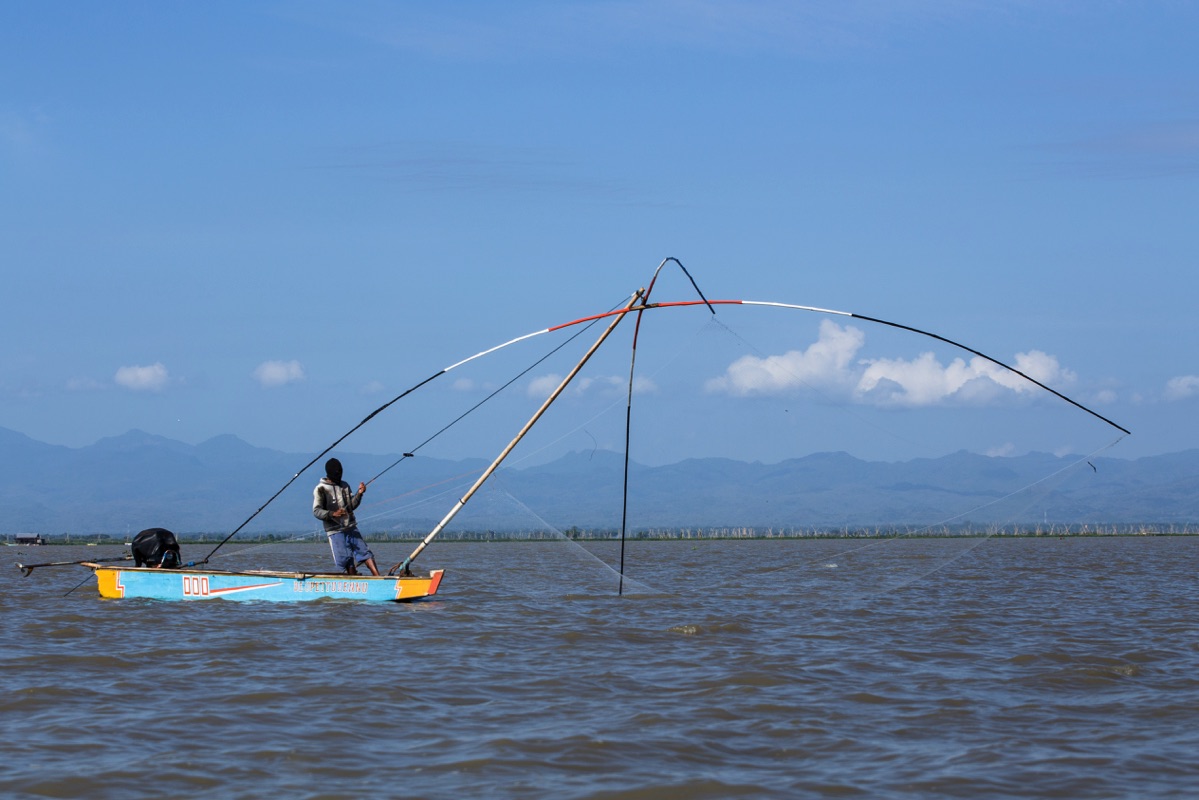
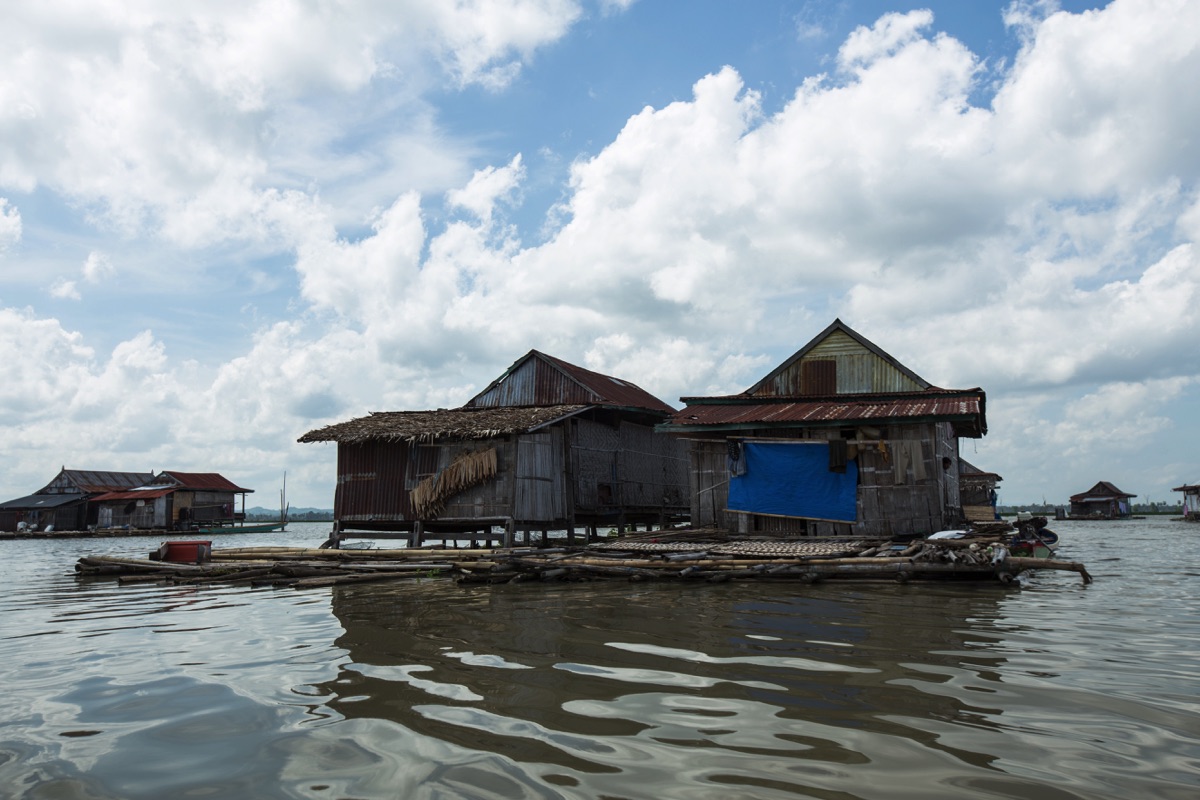
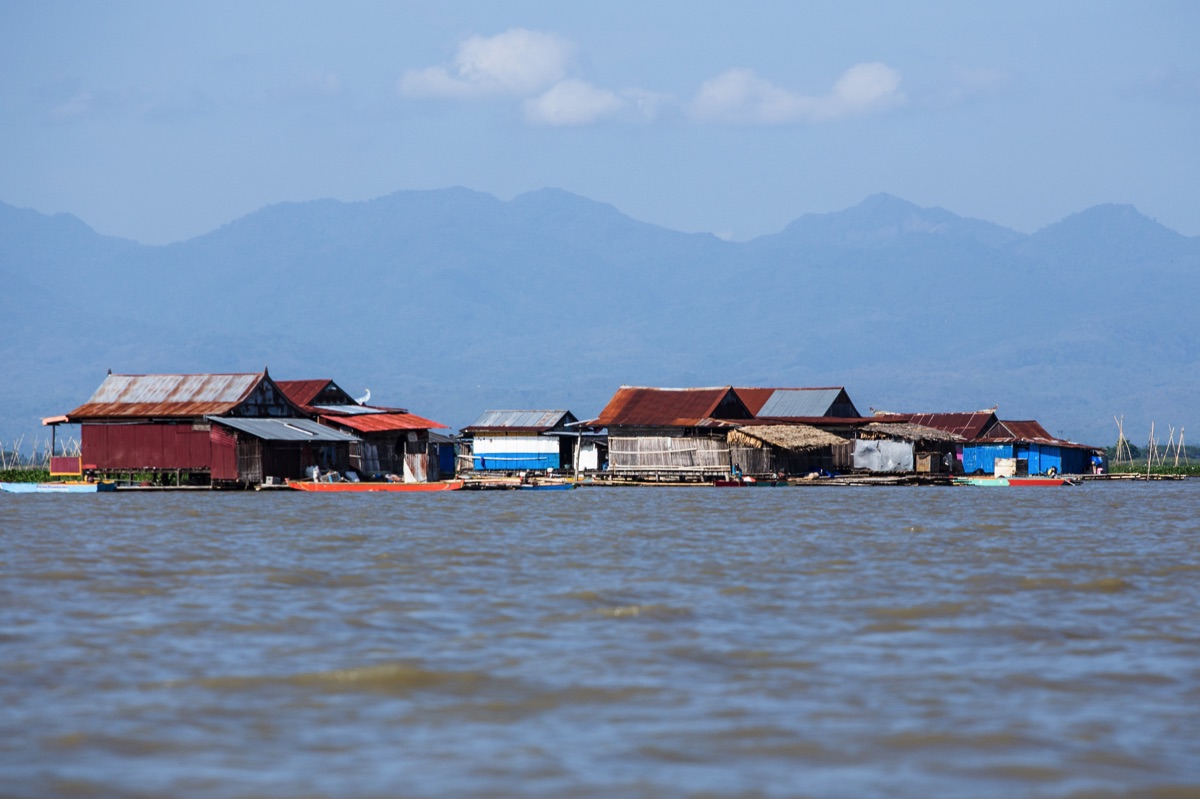
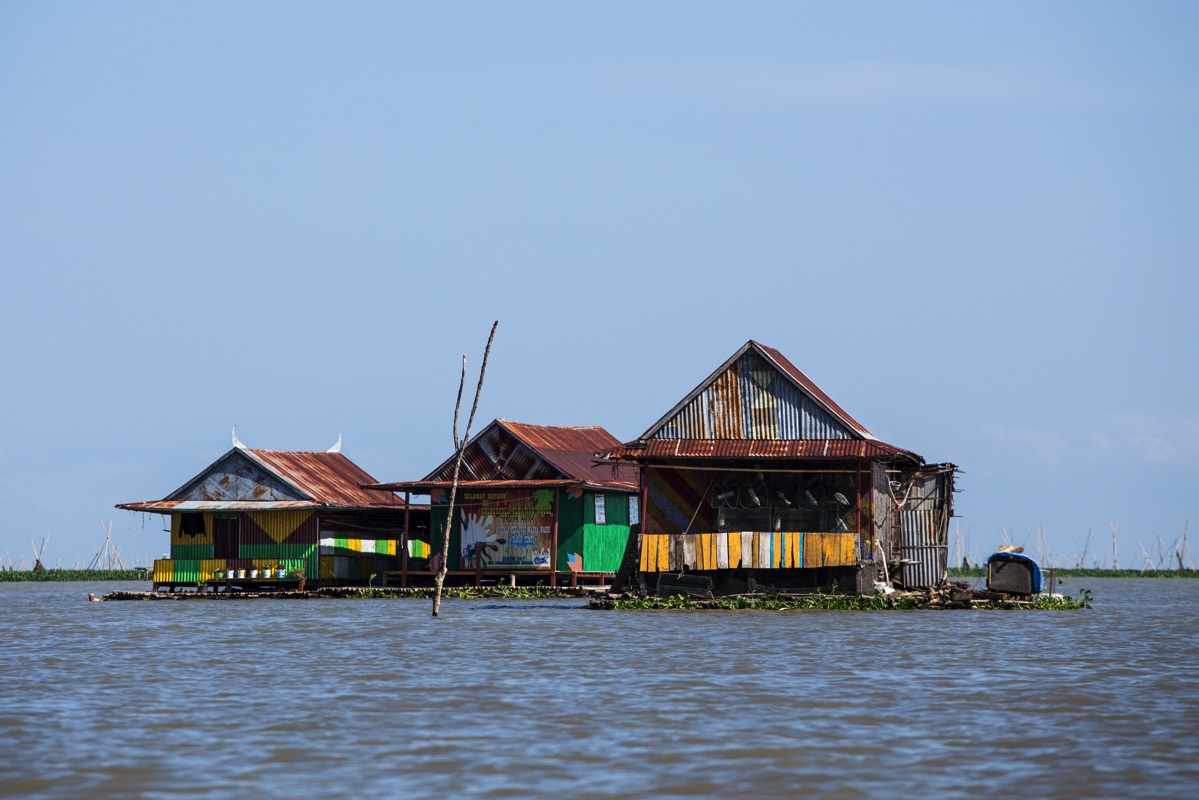
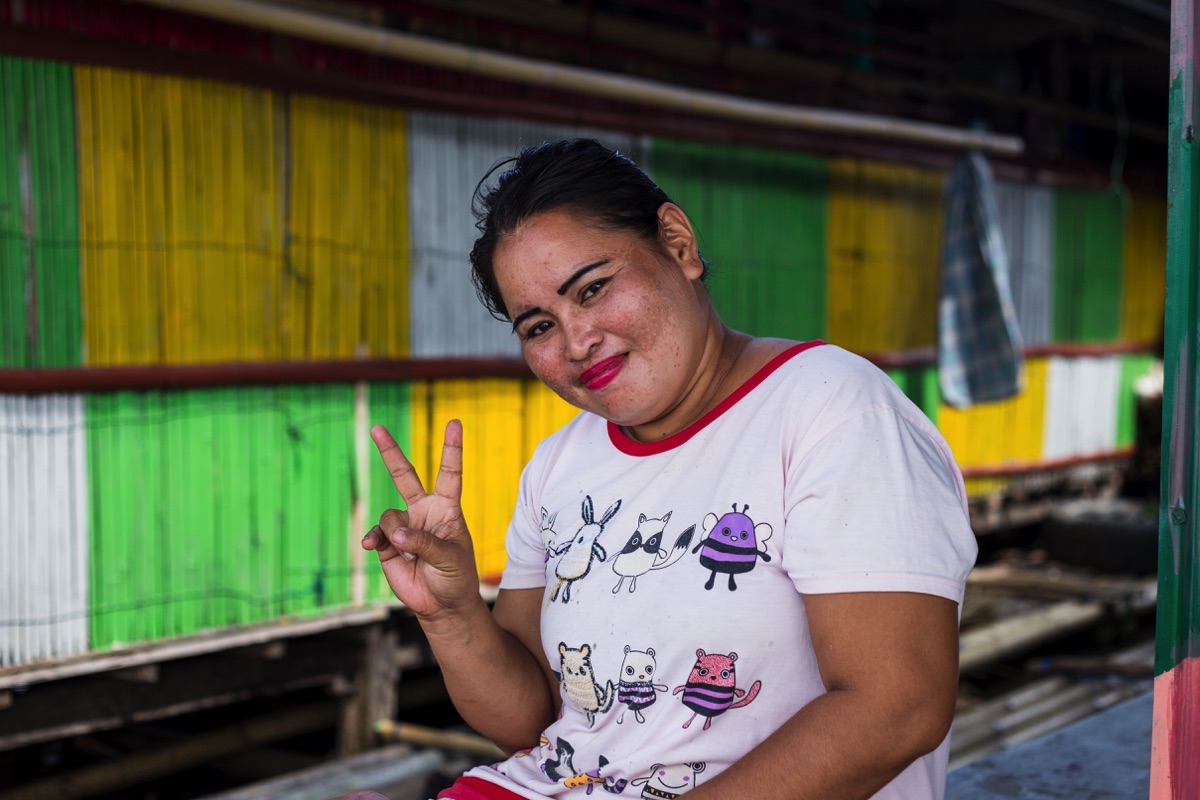
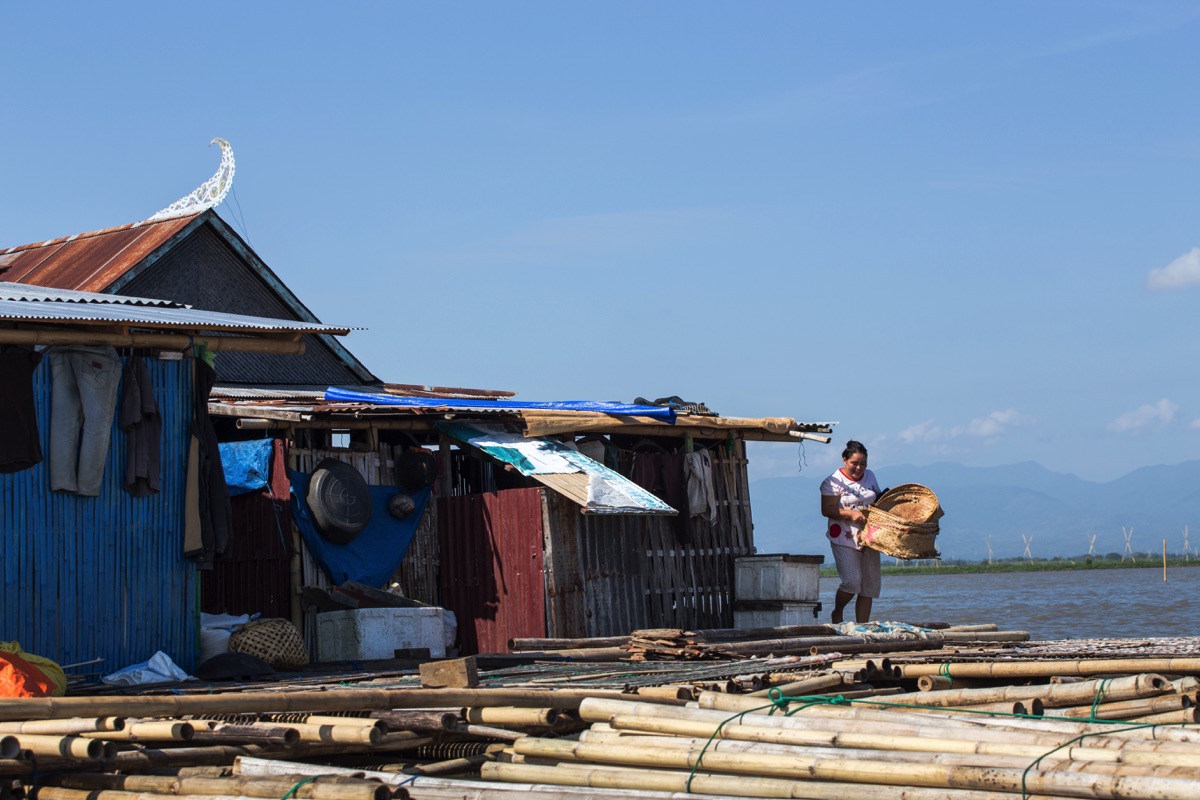
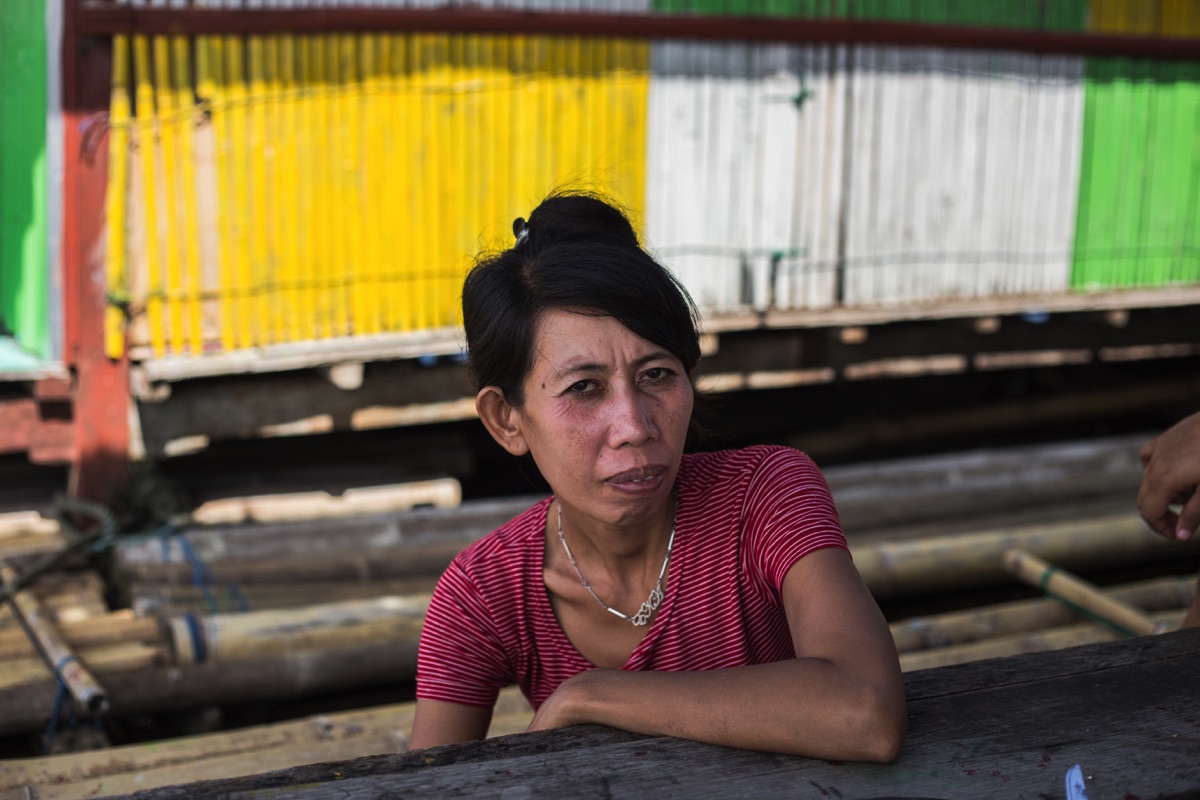
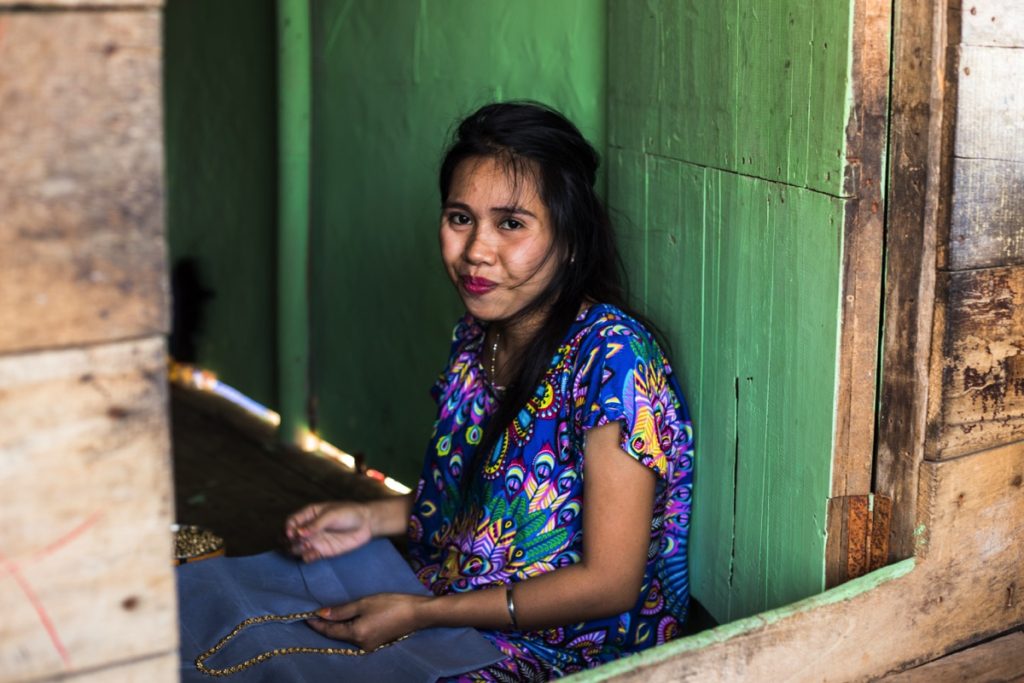
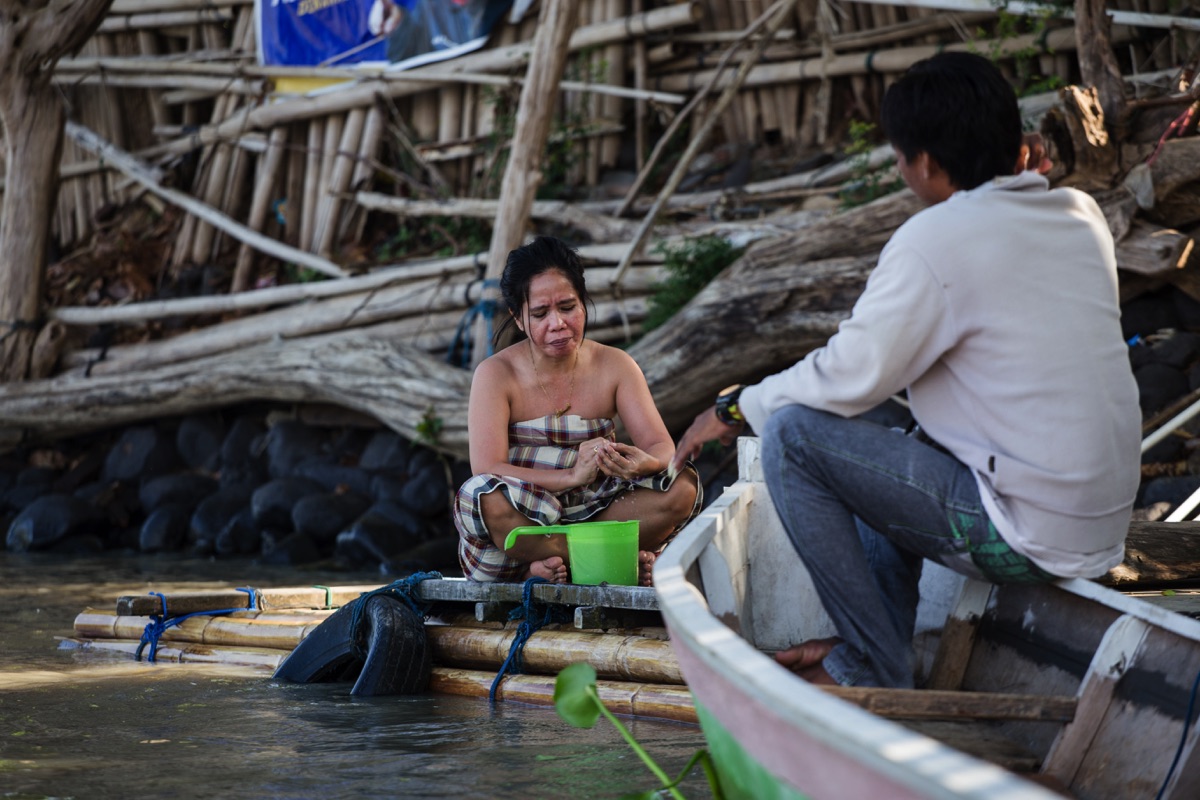
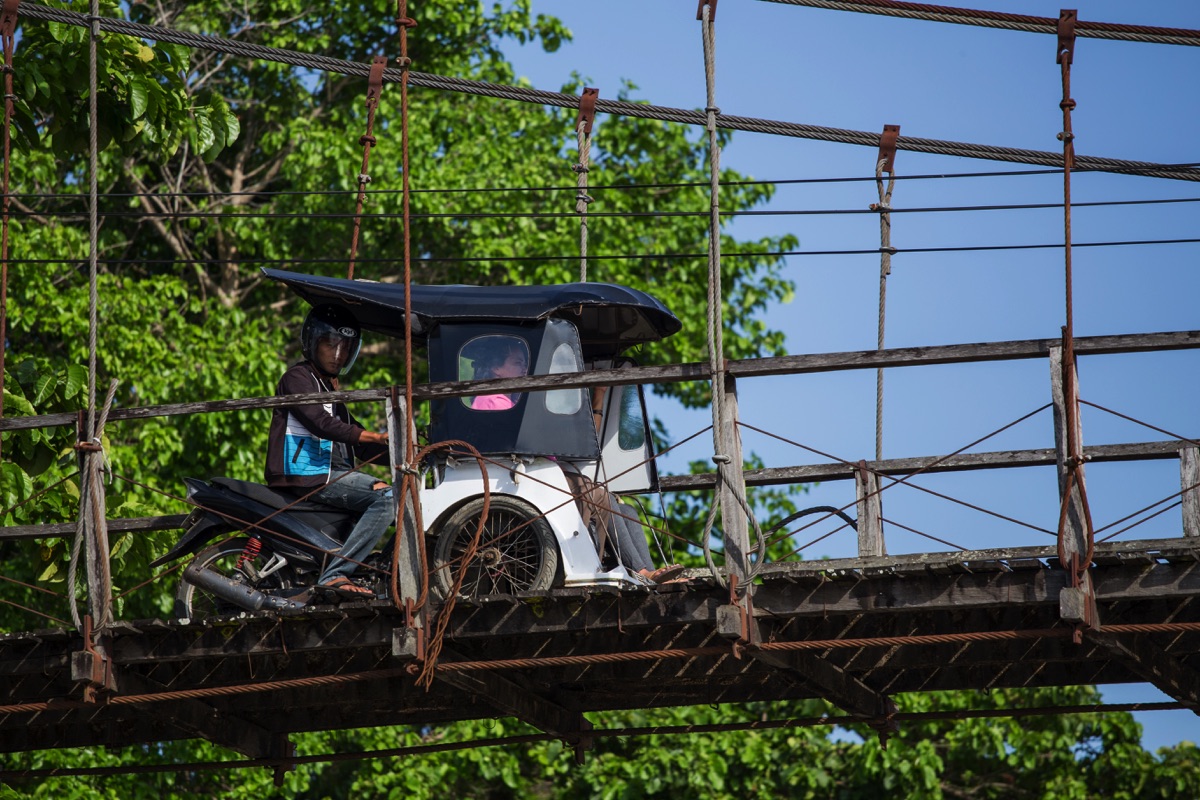
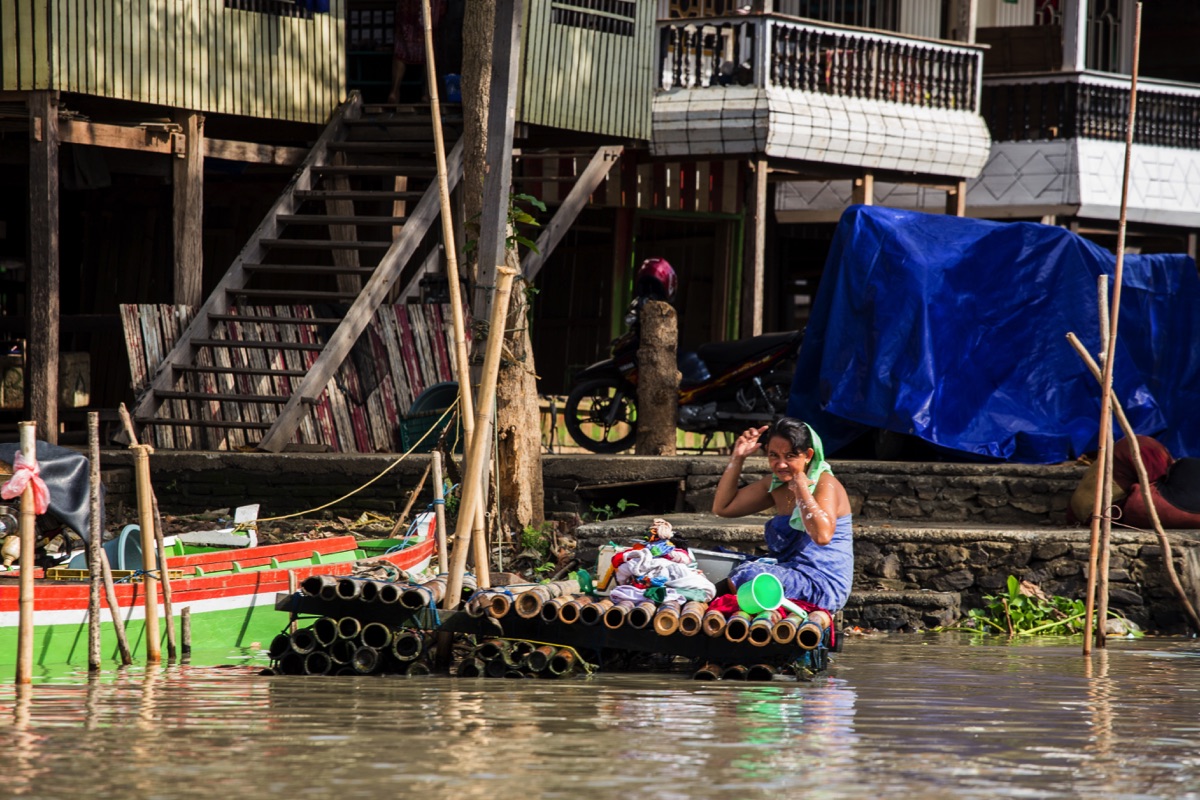
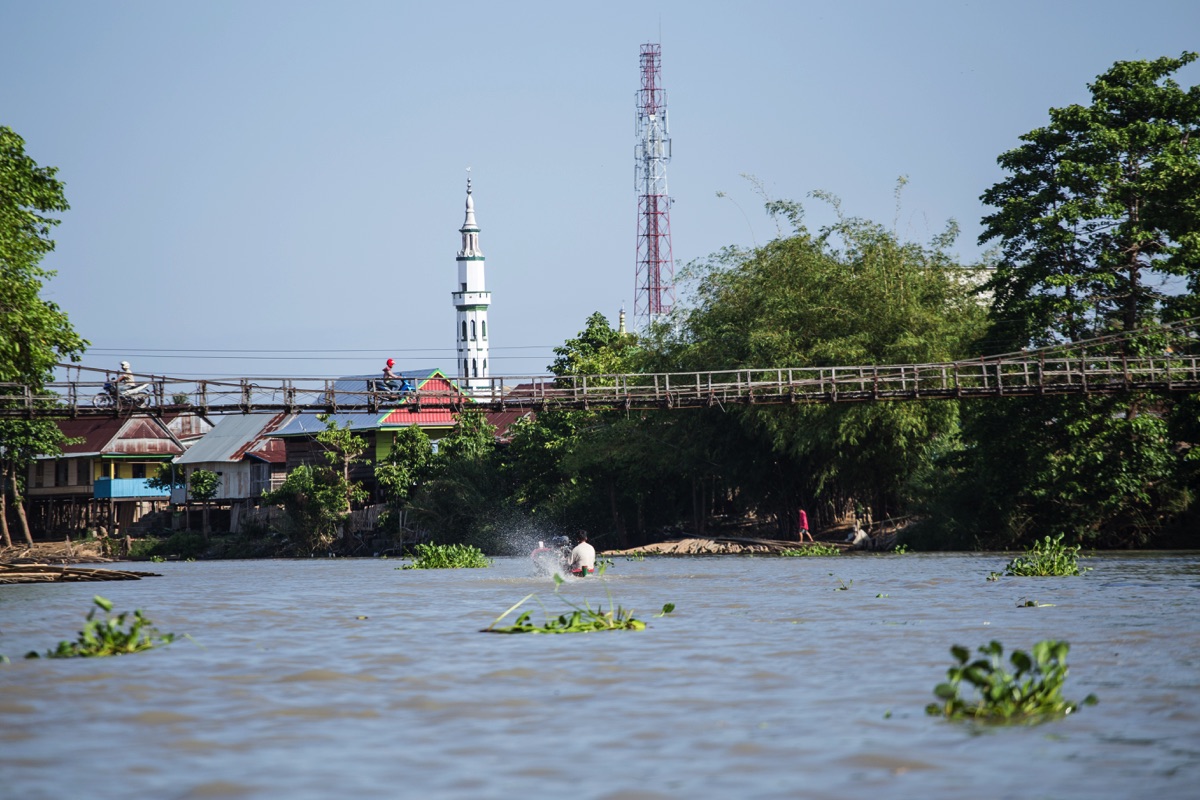
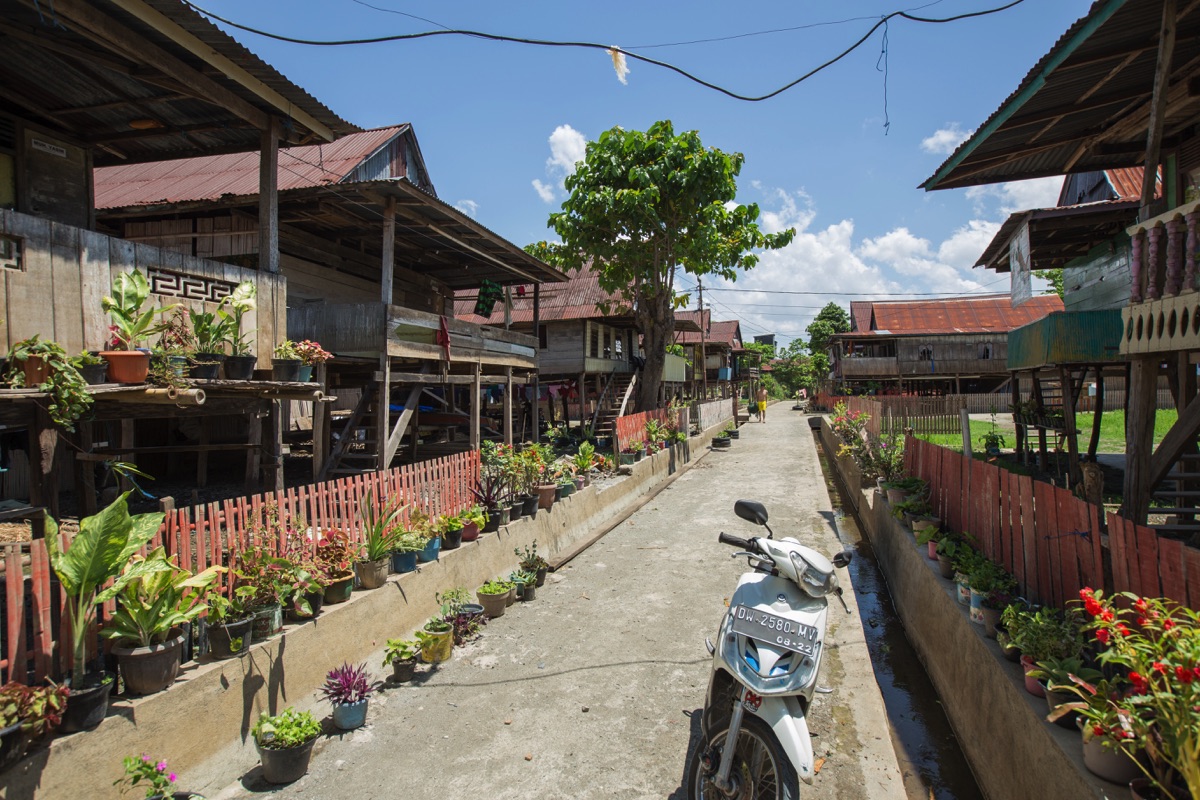
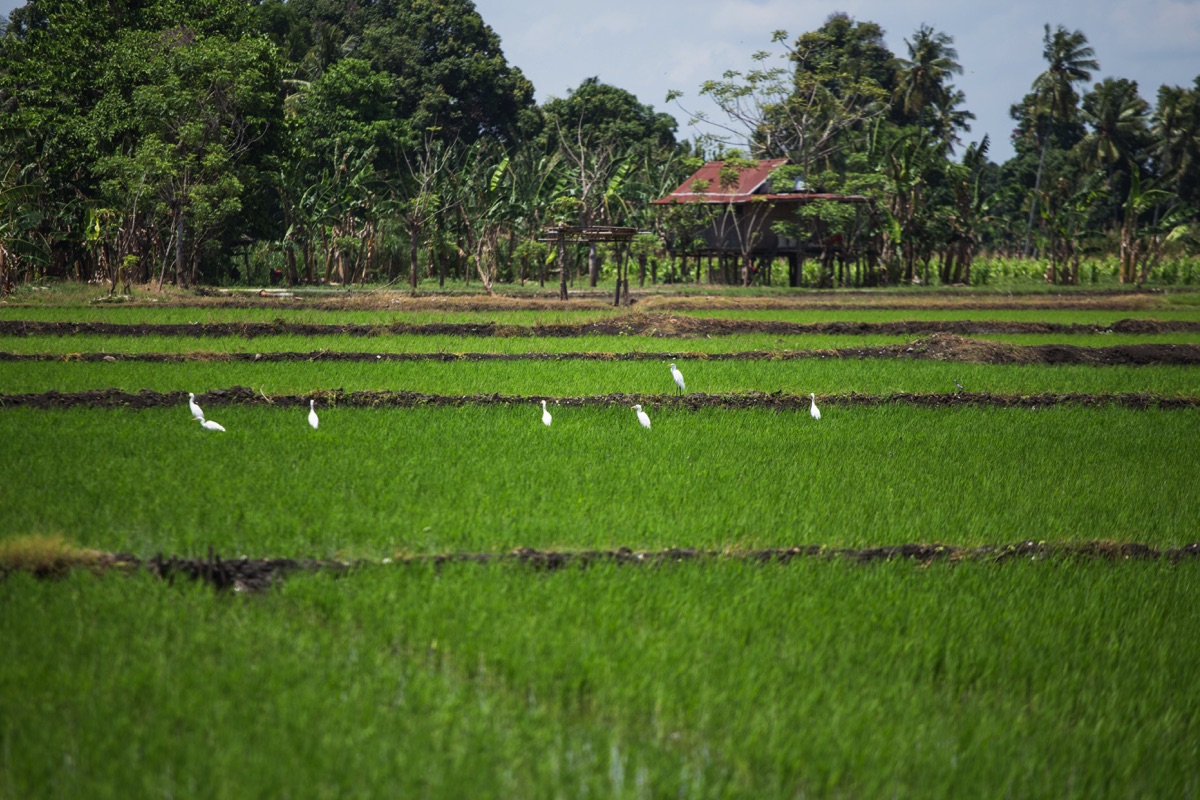
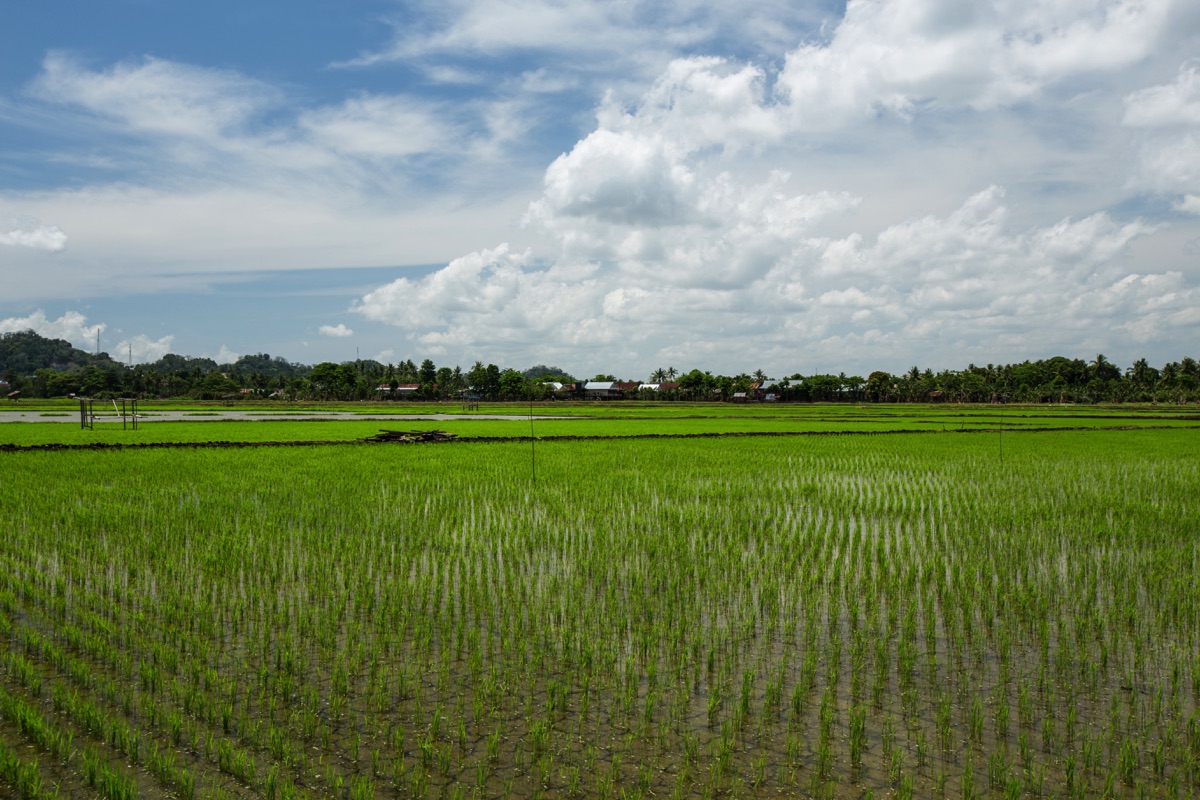
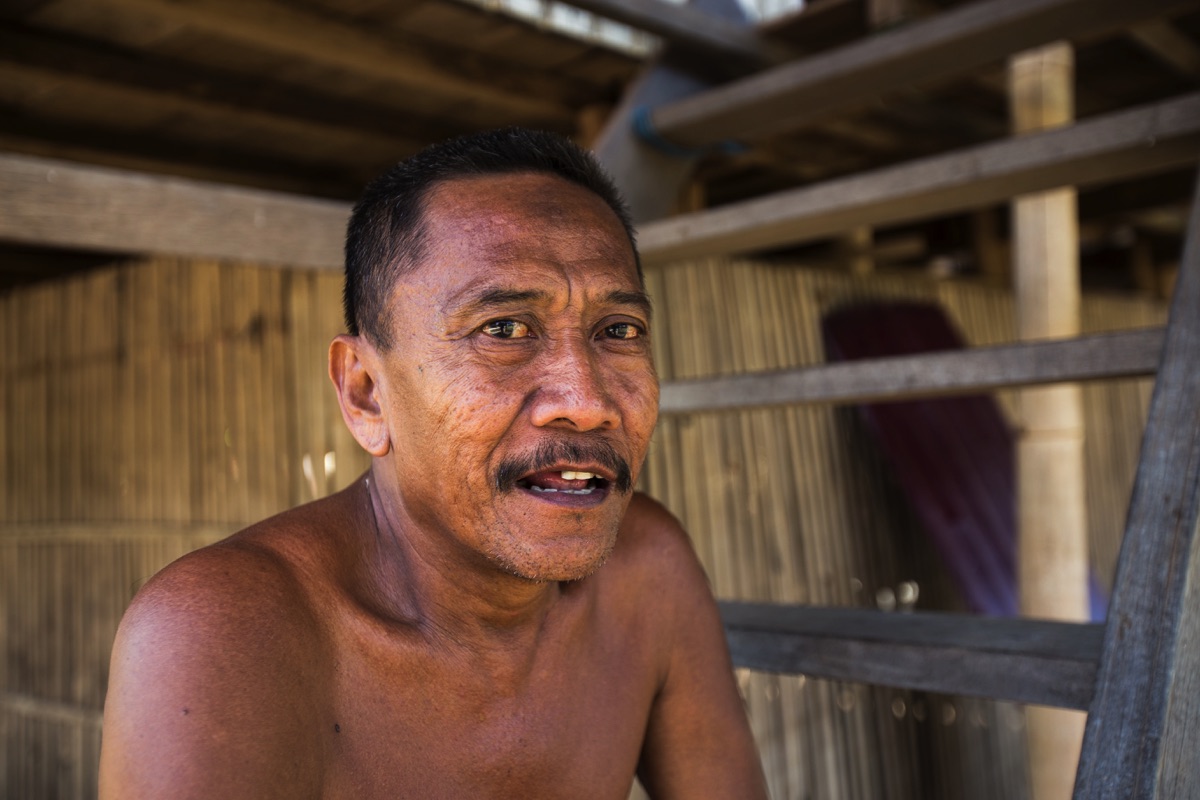
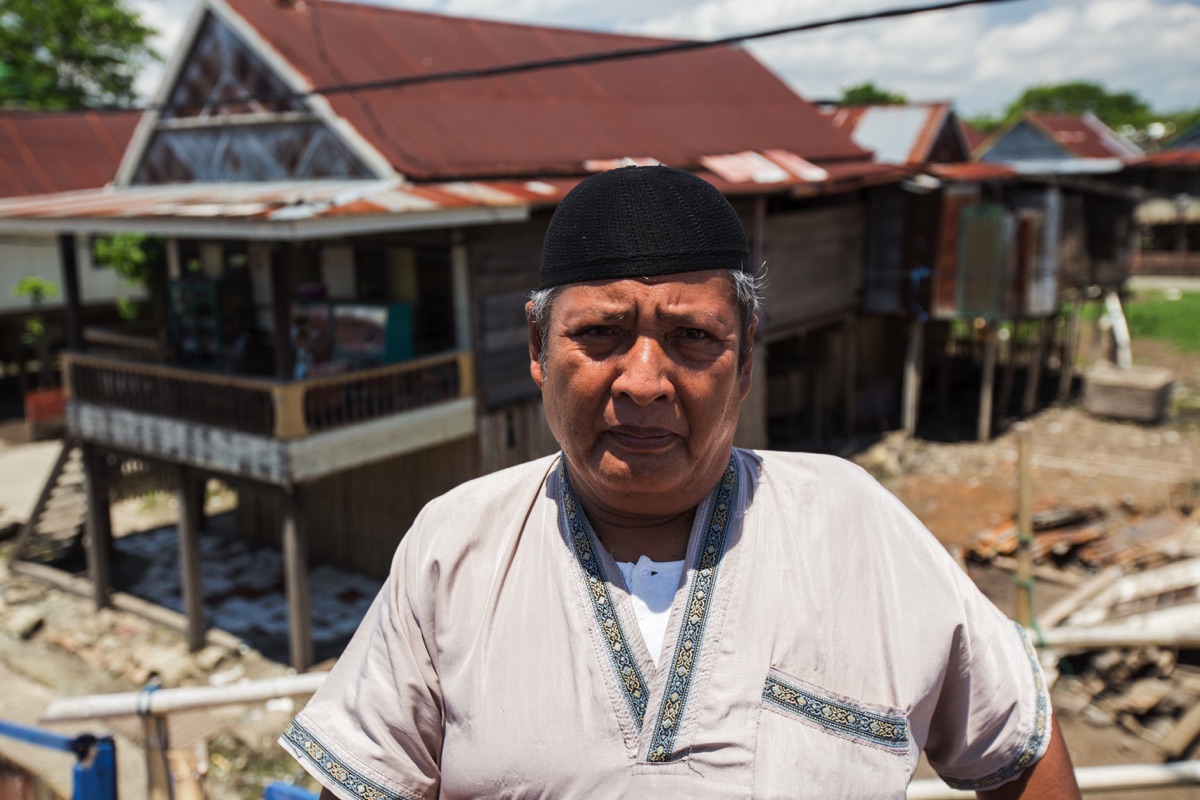
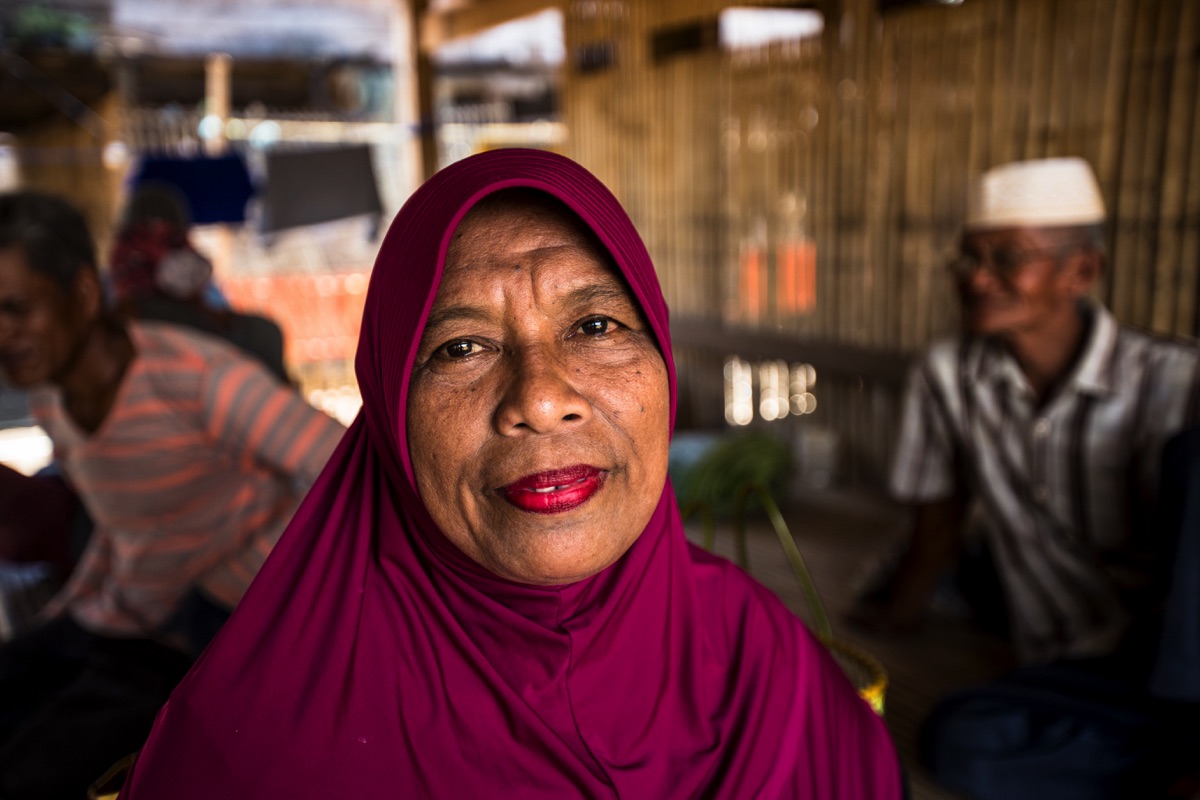
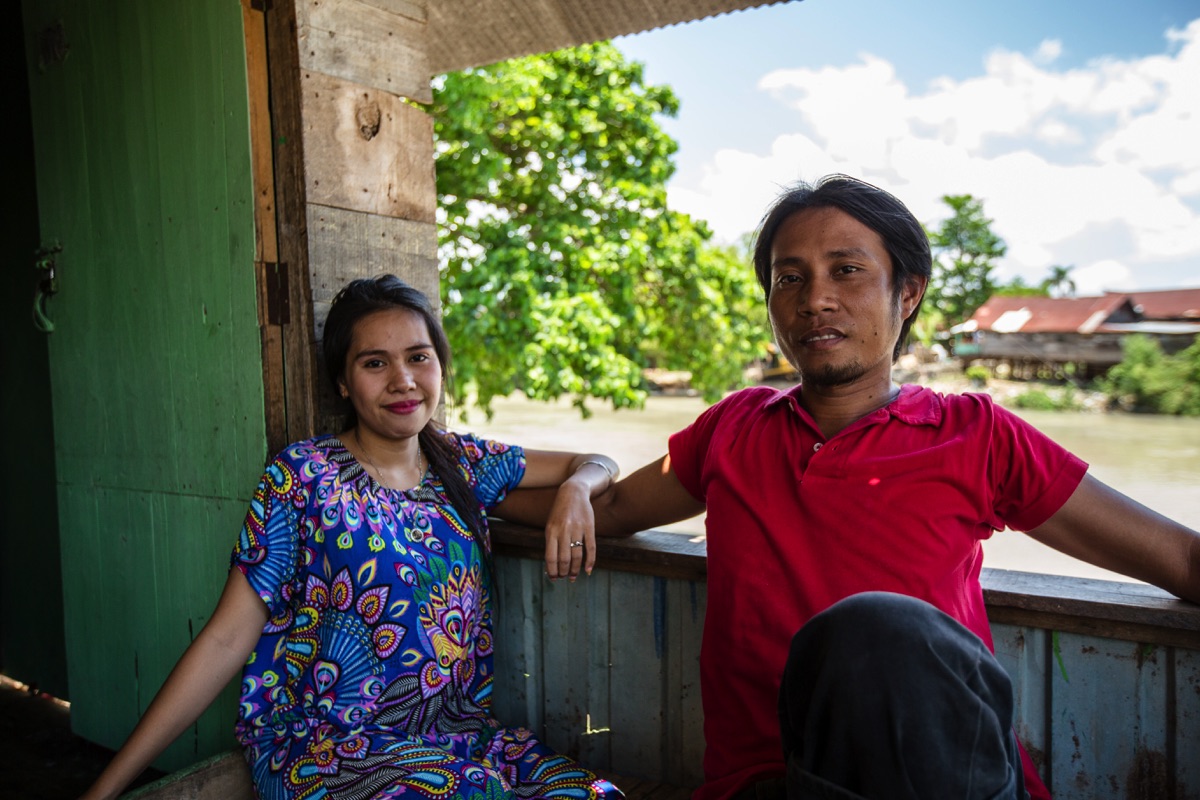
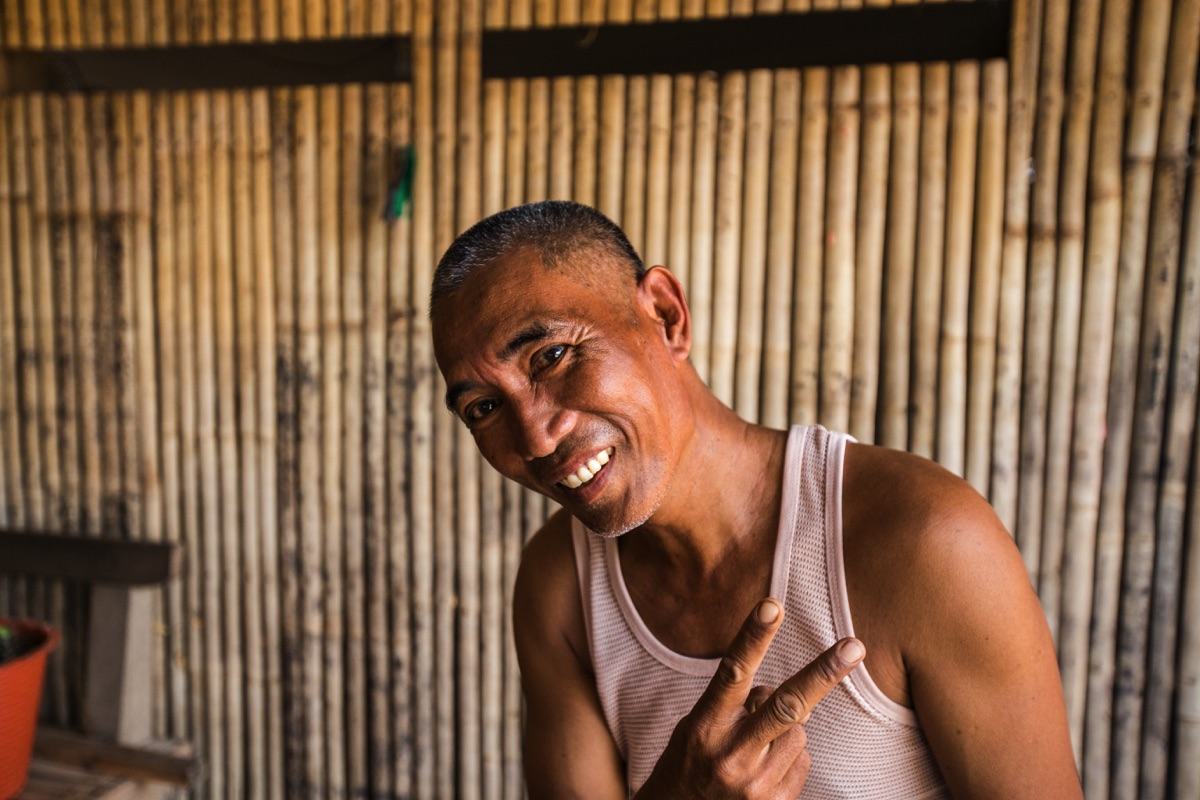
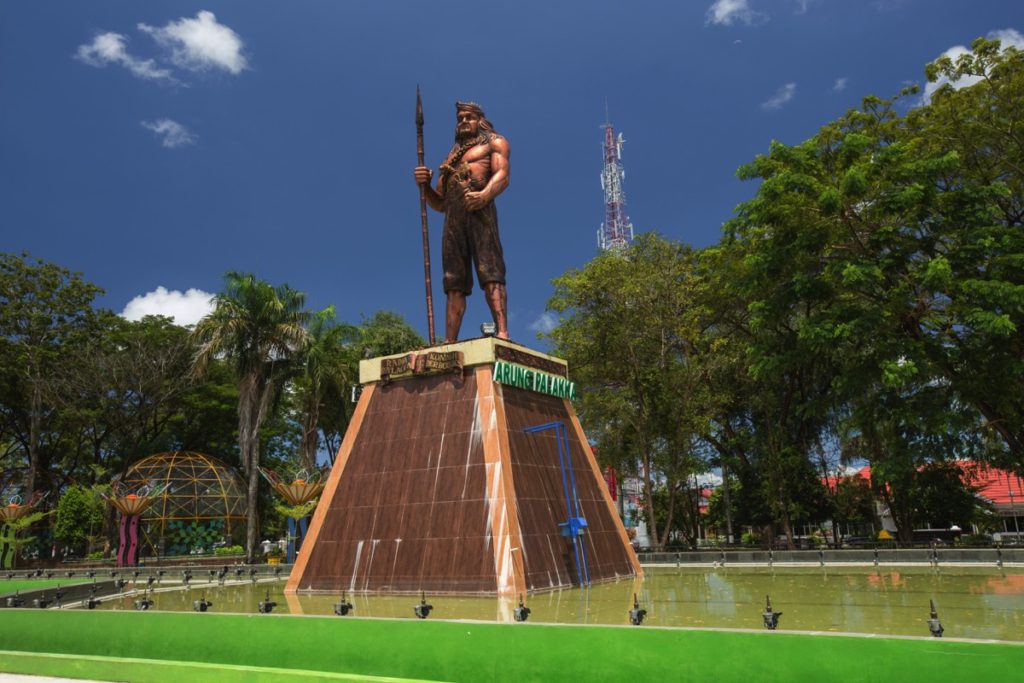
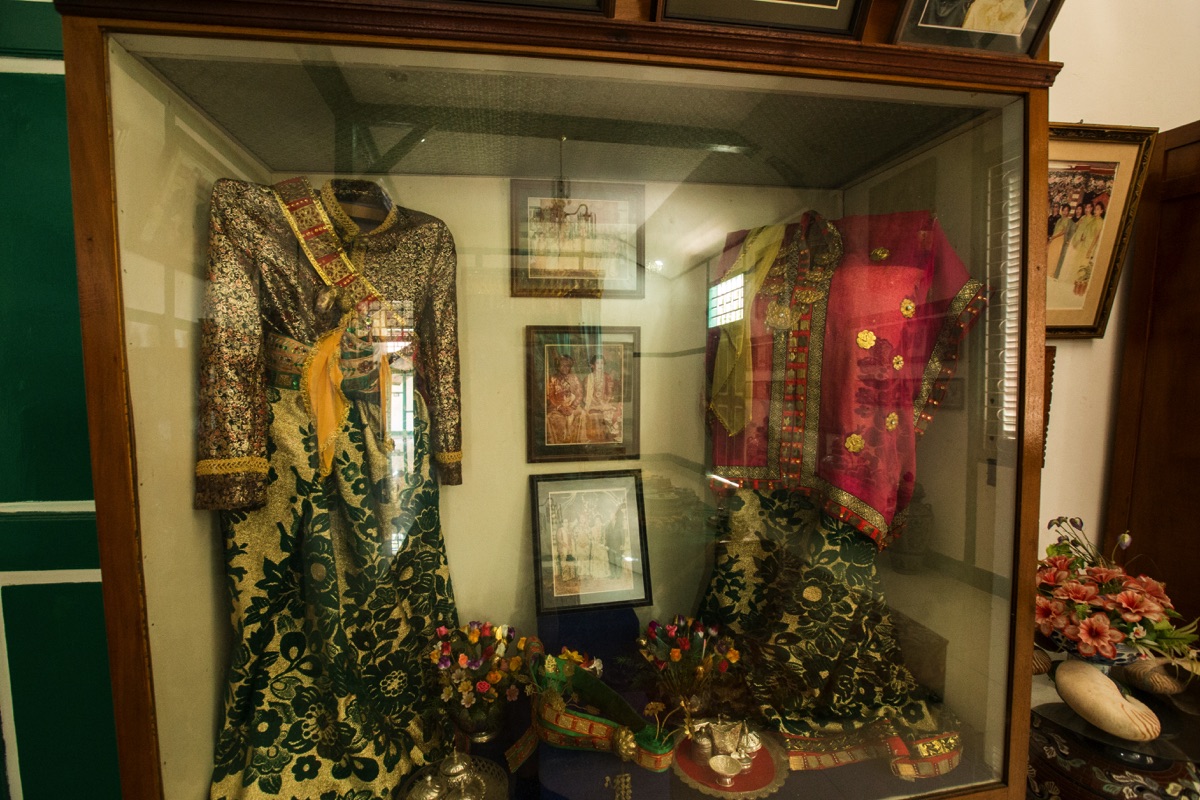
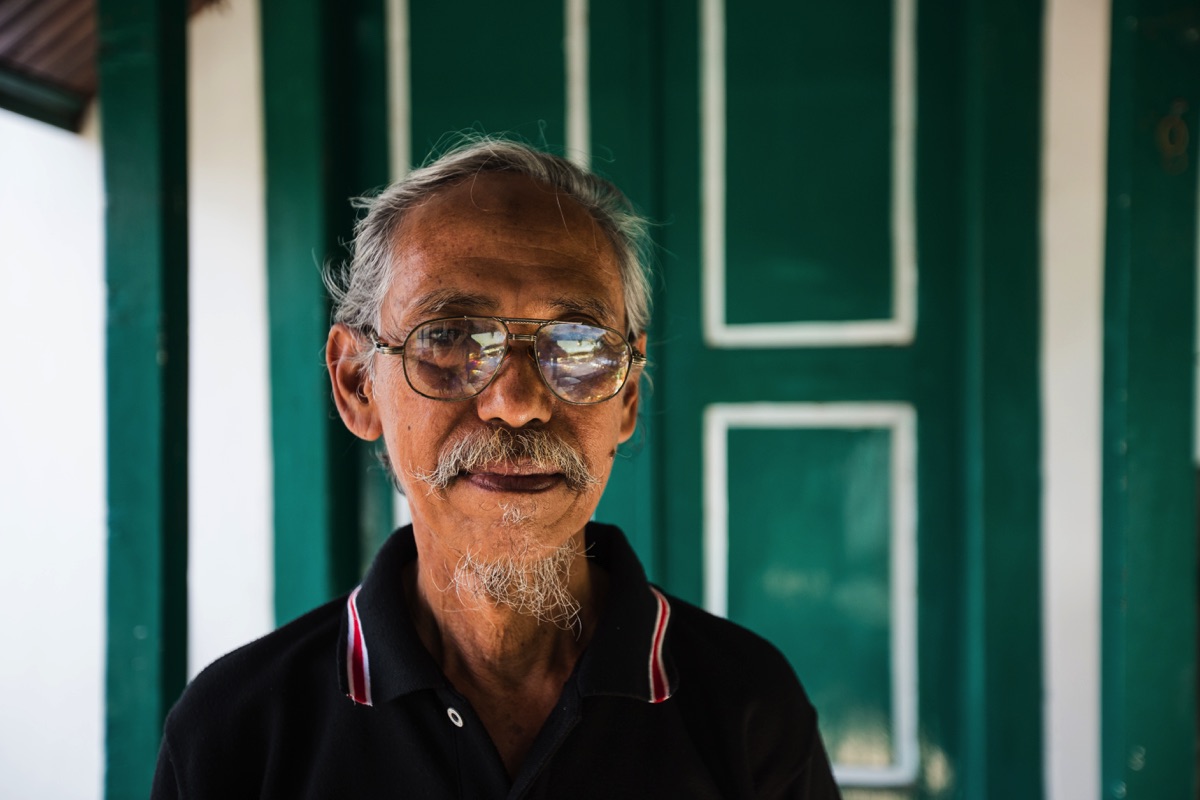
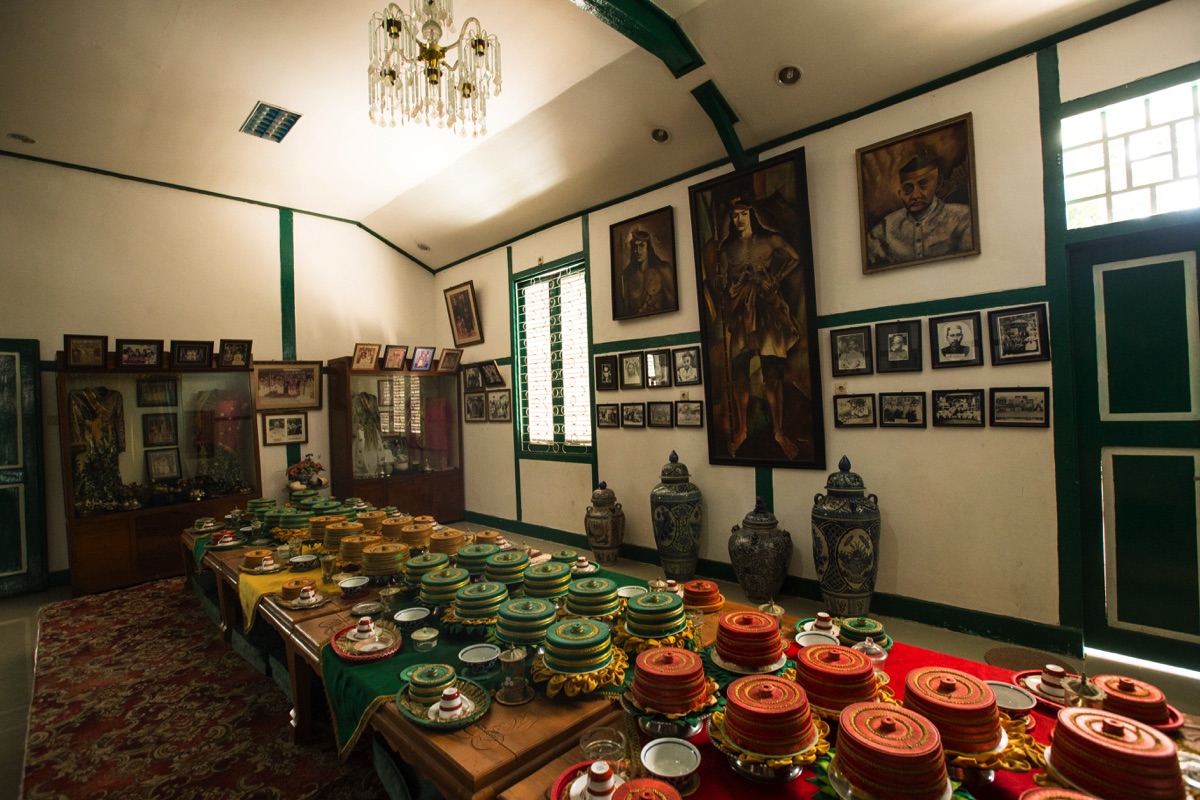
Leave a Reply